Most people recognize Pocahontas, but her true story differs significantly from the popular portrayal in movies and the writings of explorer John Smith. It wasn’t just a tale of love and adventure; rather, Pocahontas faced numerous challenges during her short life of just 21 years. Let’s explore who Pocahontas was and what events shaped her life.
The Famous Girl
Pocahontas is a name we have all heard, mainly due to the 1995 Disney movie. This lively animated film transformed the Native American woman into one of the most beloved Disney princesses of all time. all time.

While the movie brought joy to many, the true story of Pocahontas is far darker and more tragic than depicted in the film. Let’s discover who Pocahontas was.
The Nickname
Pocahontas was born in 1596 into the Powhatan tribe, but her birth name was Amonute. Pocahontas was a nickname that she shared with her mother. The name Pocahontas means “the playful one” in the Powhatan language.
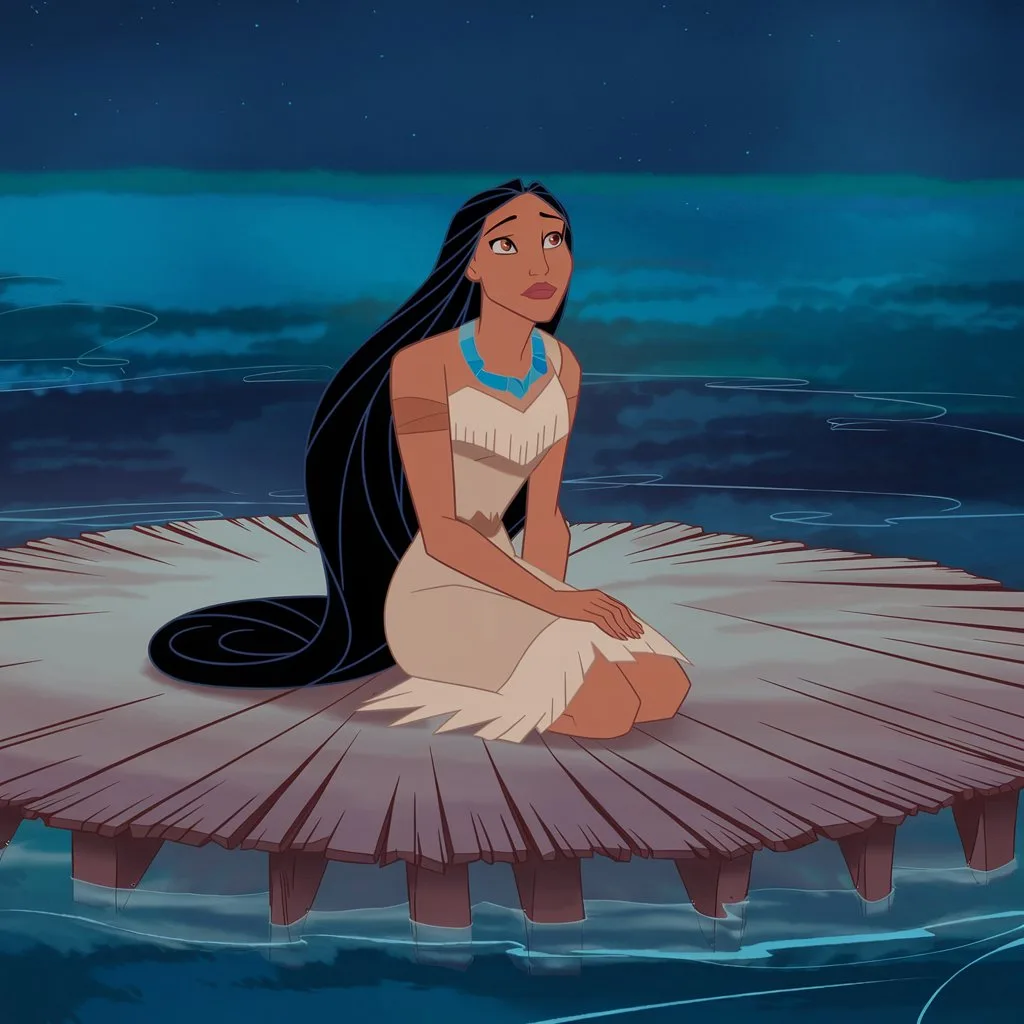
The joyful child was a pleasure to be around, performing cartwheels and always in a playful mood. She received a different name as she grew older…
The New Name
In Native American culture, children receive new names as they grow older. These names reflect the personality traits exhibited by the child.
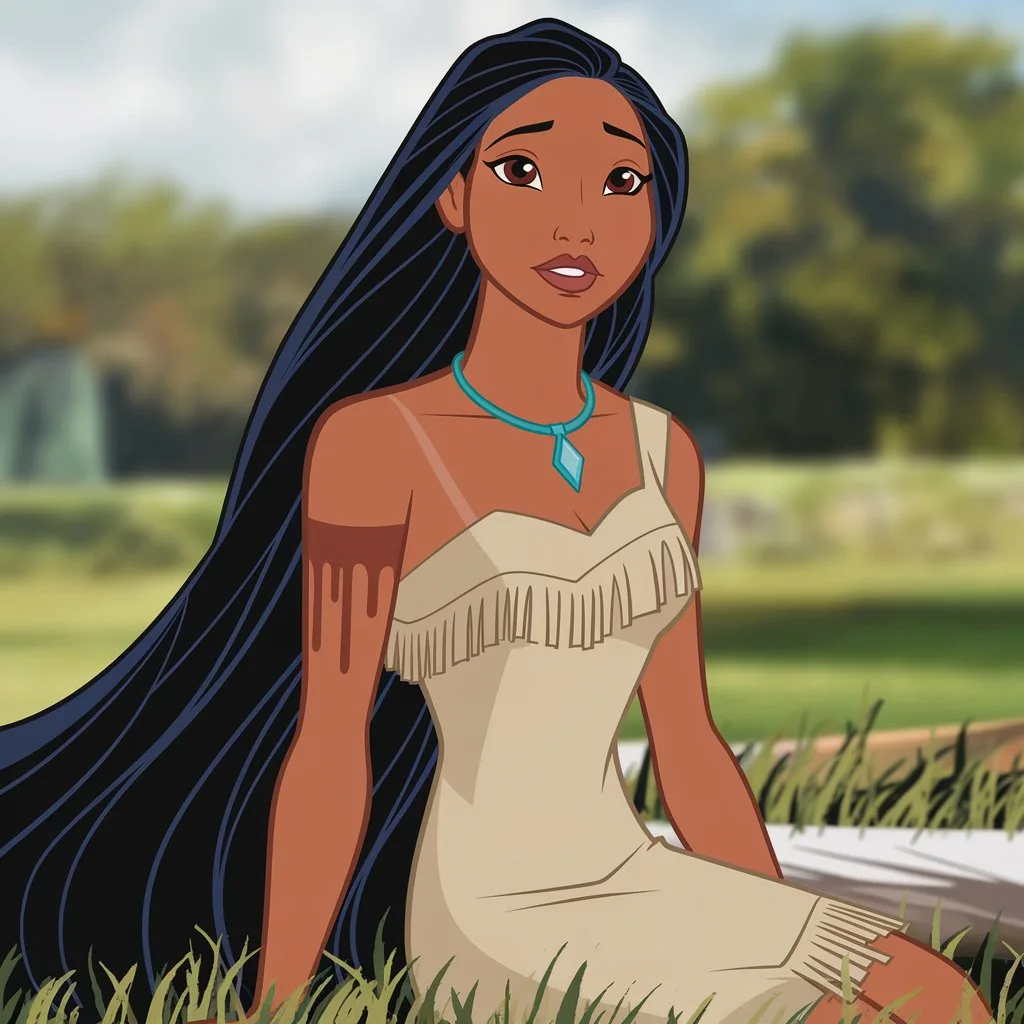
Pocahontas’s new name was Matoka, which meant ‘the flower between two streams’ in her native language. This referred to Pocahontas’s growing beauty.
The Parents
Pocahontas was the young girl’s mother, and Wahunsenaca, a Chief Powhatan, was her father.
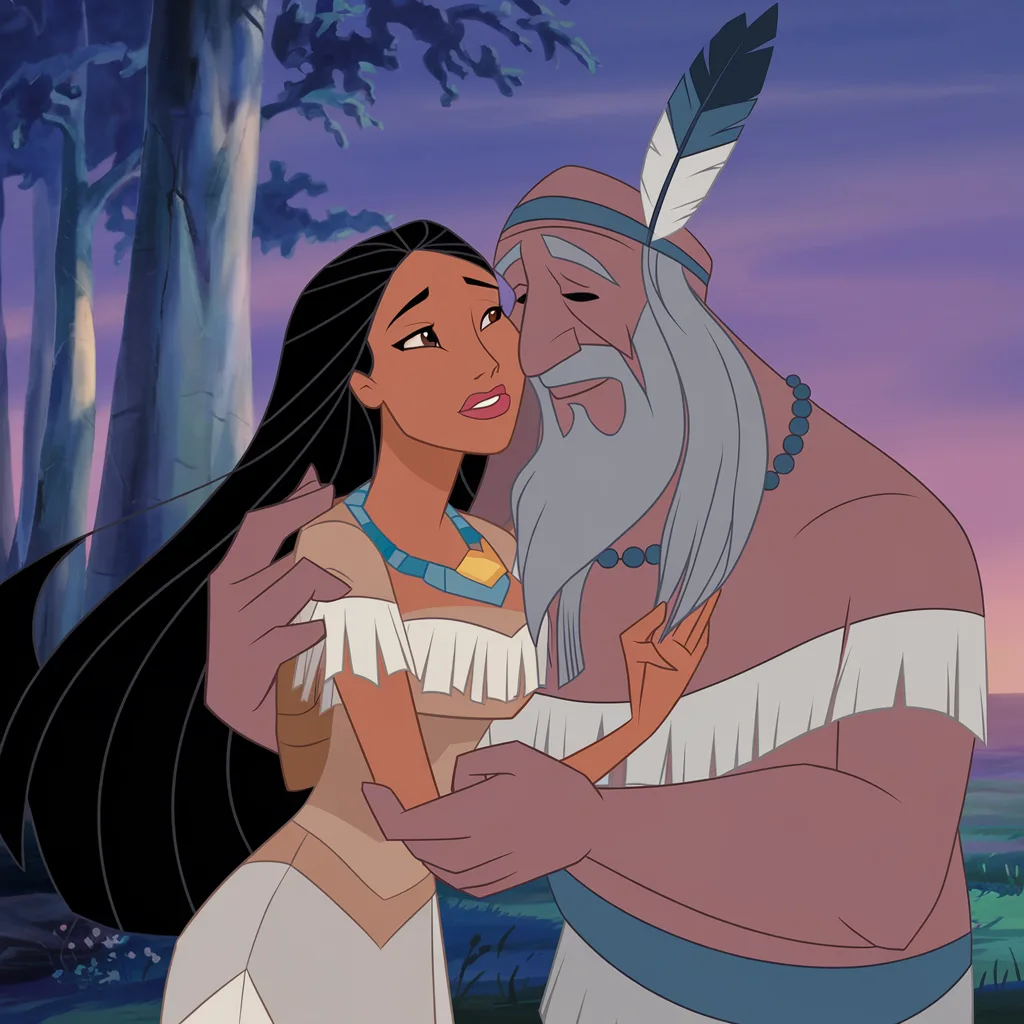
The chief controlled many other tribes and was in charge of over 25,000 people. He even had 30 lower-level chiefs working for him. Although much is known about her father’s history books, very little is known about her mother.
The Powhatan Culture
In Powhatan culture, it was usual for the leader to have numerous wives. When a wife became pregnant, she had to return to her original Powhatan tribe to stay out of the pregnancy until giving birth. The child would only return to the chief once he was strong enough.
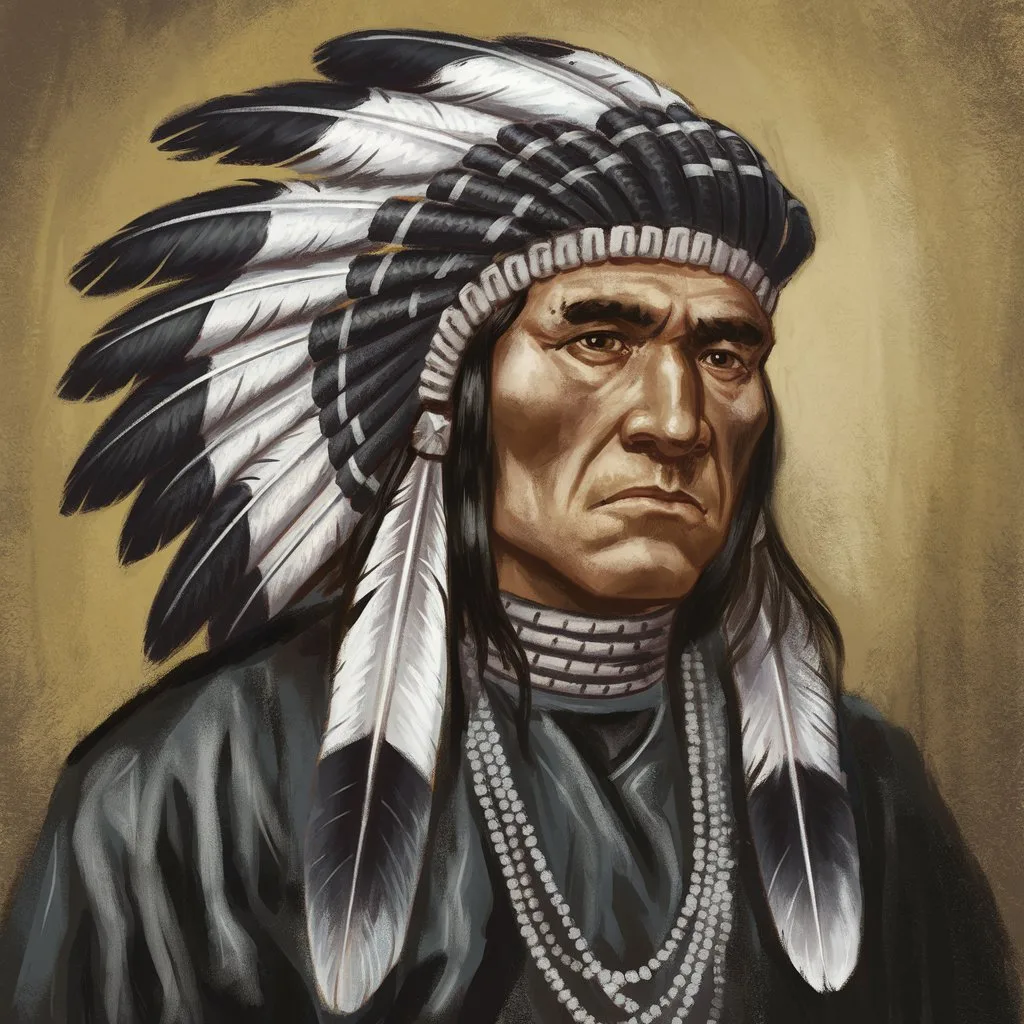
Following that, the child would live with her father and half-sibling, while the mother was free to marry any other man. Pocahontas’ mother was never fully detailed after the birth of her daughter. The only thing we know is that she was as playful as her daughter.
Pocahontas Never Saved John Smith
Pocahontas never saved John Smith.
According to John Smith’s story retellings, Pocahontas was responsible for saving his life, however this was not true. According to the English explorer, he was caught by a guy named Opechancanough, who paraded him across all Powhatan villages.
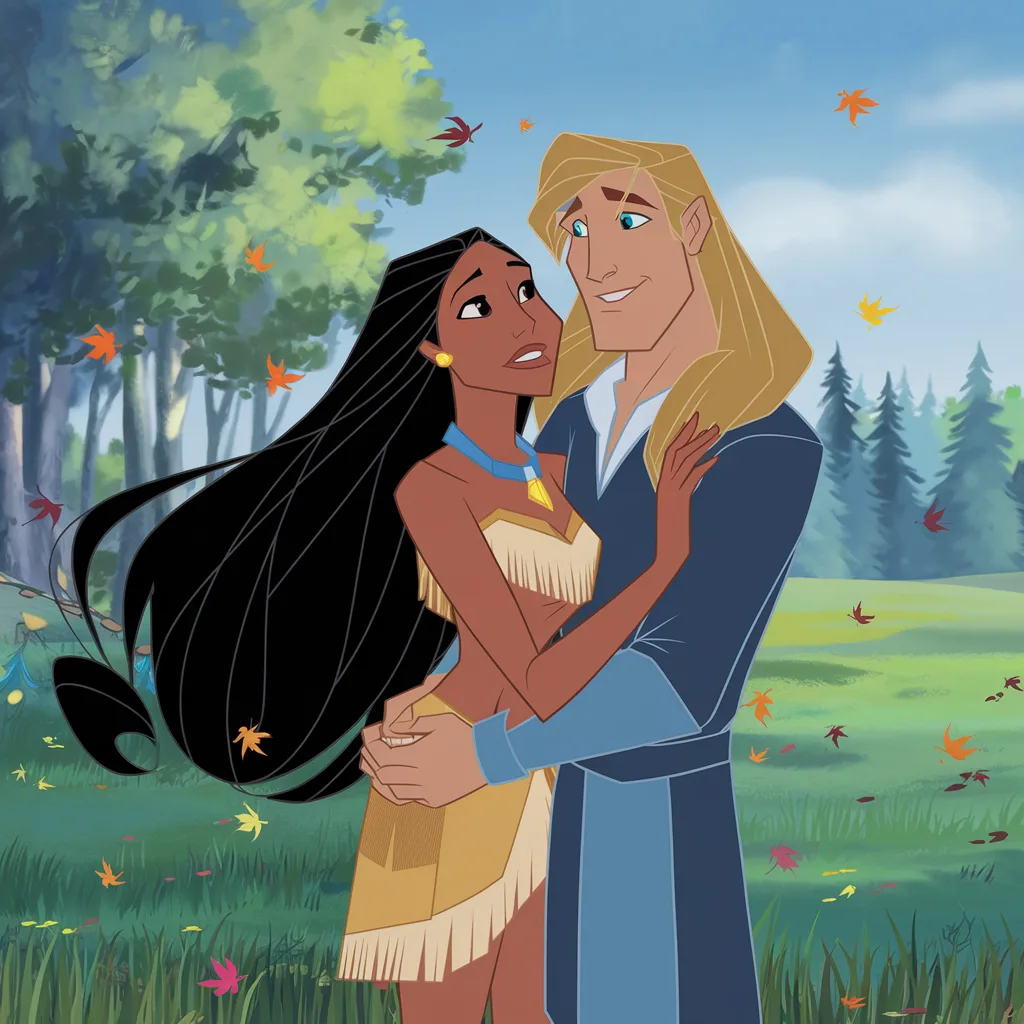
This performance concluded at the hamlet where Pocahontas’ father was the chief, and it was agreed that Smith’s life would be forfeited. But it was Pocahontas who stepped in to save him. In truth, this is not what occurred.
Well Exaggerated Stories
When historians dug deeper into John Smith’s stories, they discovered that he had greatly overstated his claims. His depictions of New York were exaggerated, and many people discounted his claim to have seen mermaids.
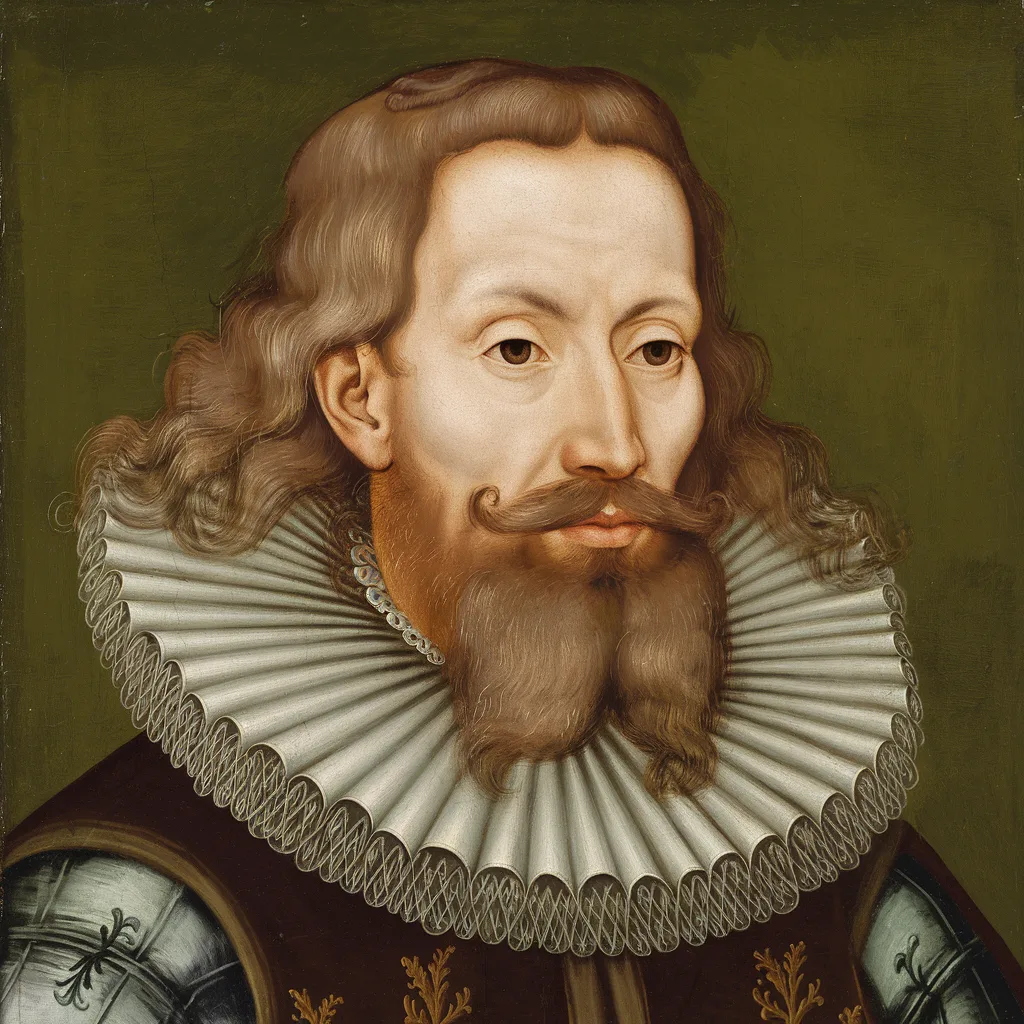
Similarly, historians have suggested that Native American Pocahontas had no real incentive to defend John Smith because she was only a kid at the time. These stories have been viewed as a means for John Smith to sell additional books.
The Mythical Relationship
The famed love tale between Pocahontas and John Smith, as depicted in the Disney film, is not a genuine narrative. In truth, Pocahontas was only 9 or 11 years old, whereas John Smith was 27.
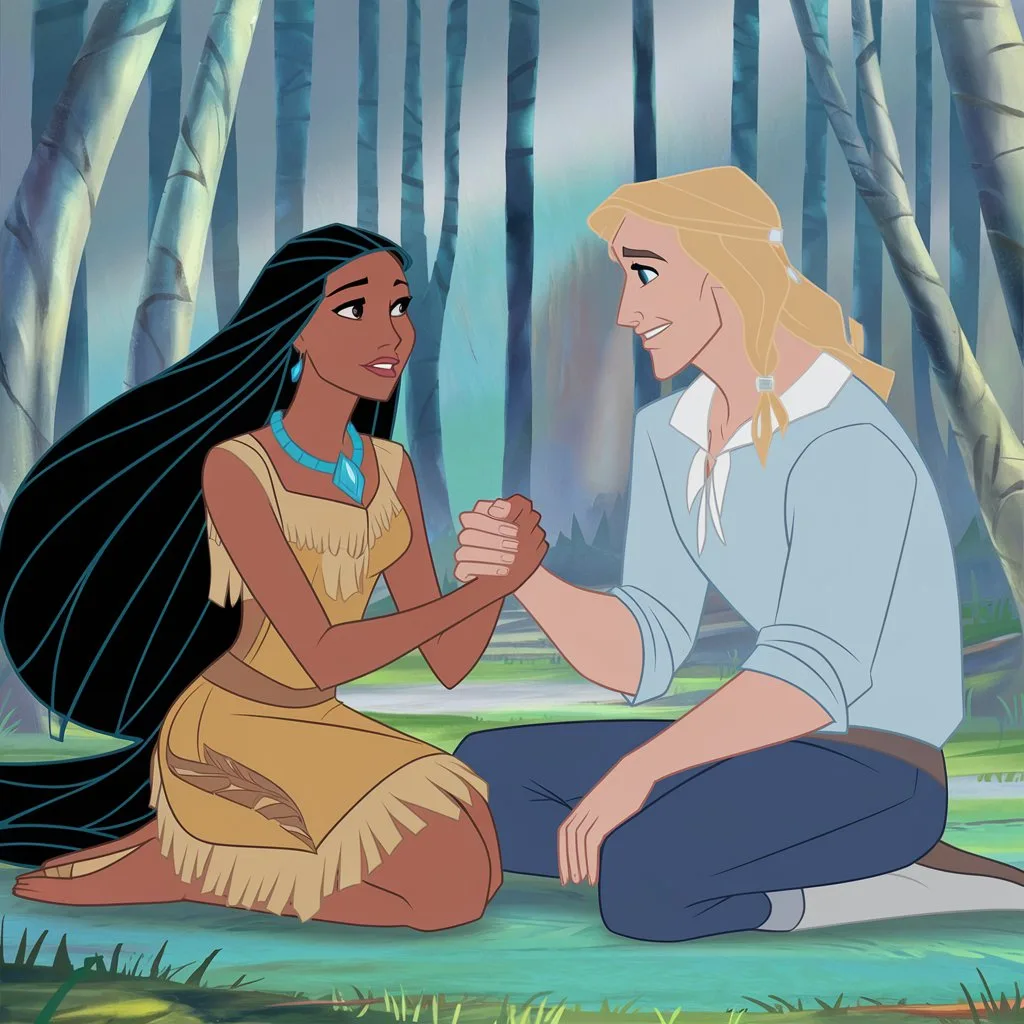
Not only was the connection fake, but John Smith was also not a nice guy. John used his fabricated benevolence to sell books, but the fact was much different.
The Truth About John
John Smith was not romantically involved with Pocahontas. He was a menacing presence in the village. He often broke into people’s homes and tried to steal their supplies until he was eventually caught.
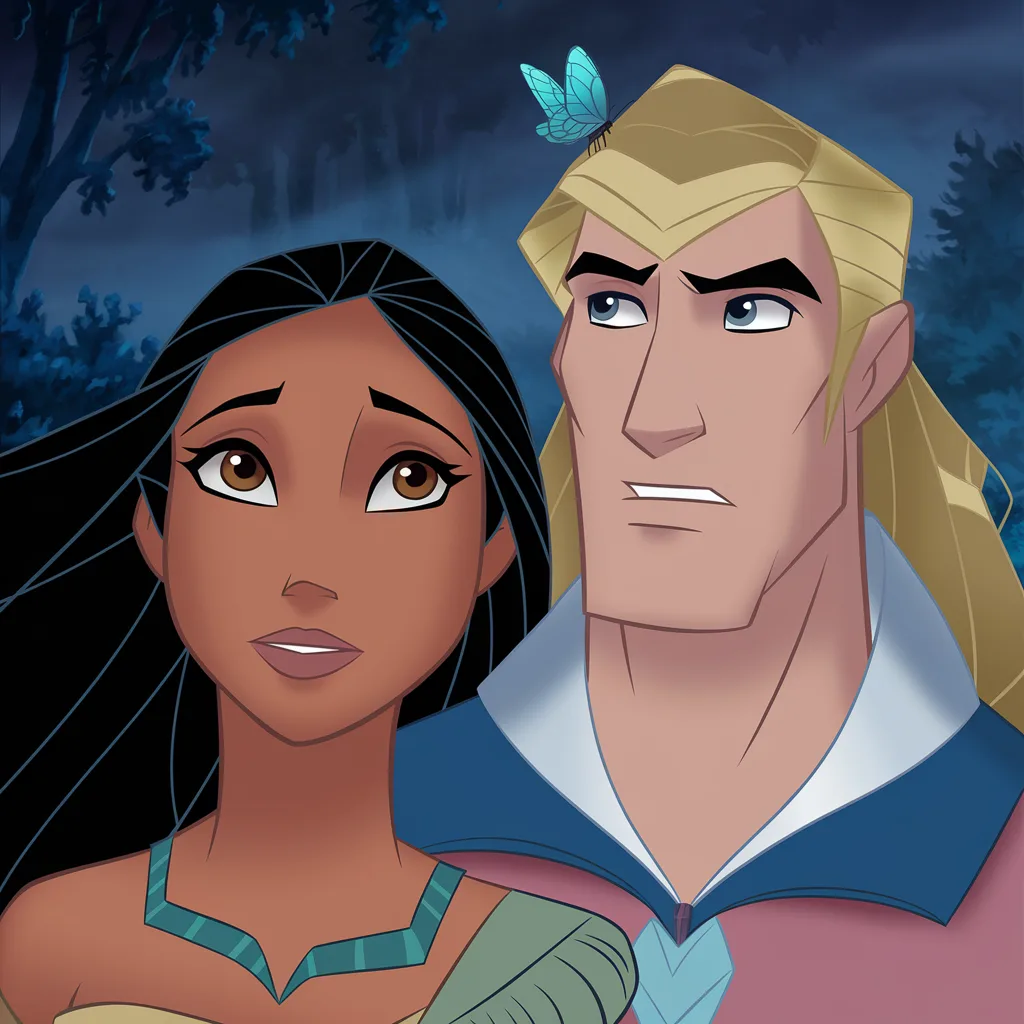
However, the Powhatan tribe soon faced attacks from the Spanish, leading Pocahontas’ father, Chief Wahunsenaca, to partner with Smith, who became the leader of the white settlers.
A Skillful Lady
Like many other Powhatan girls, Pocahontas had a wide range of life skills. By the age of 13, the girls were expected to take responsibility for running the household. They learned how to plant vegetables, skin animals, and identify various plants in the forest.

Pocahontas likely knew how to build a house, cook delicious meals, clean, raise children, and collect water. The women were responsible for almost everything except hunting and defending the village.
Permanently Inked
One aspect that the 1995 movie Pocahontas got right is that she likely had ink on her body. In the film, the Disney princess has a single tattoo on her arm; however, it is believed that Pocahontas probably had multiple tattoos across her body in reality.body in reality.

The women of high rank traditionally had face tattoos, and since Pocahontas was the daughter of a chief, she was considered a high-ranking woman. However, none of the illustrations depict her with any tattoos, so it’s also possible that she left her village without getting any ink.
The Coming-Of-Age Ceremony
According to Powhatan tradition, when females turned 14, they underwent a coming-of-age ceremony. This ceremony signified their transition from girlhood to womanhood and allowed them to choose a new name.se a new name.
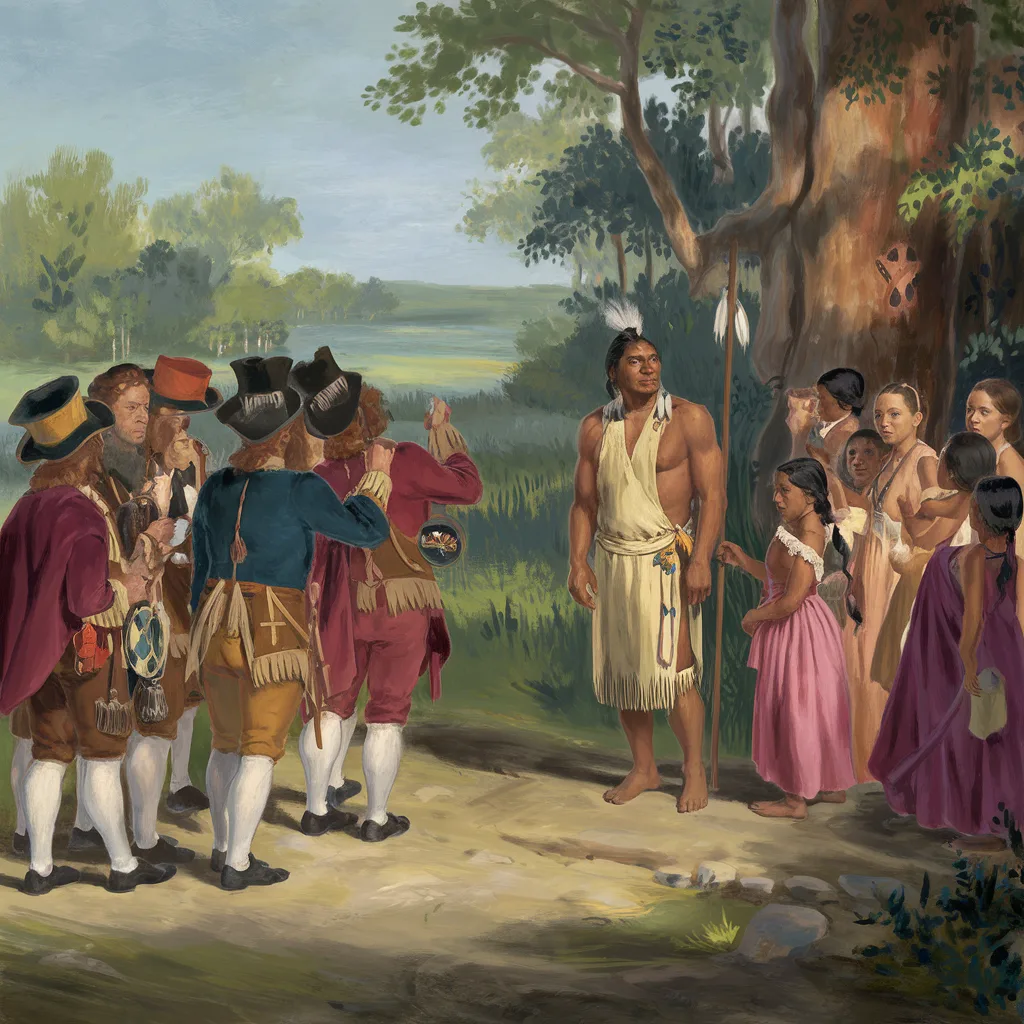
The young teen picked the name Pocahontas for herself because she believed it accurately reflected her genuine nature. Soon after, she married a man named Kocom.
The Husband
Kocom was a fellow tribe member and the brother of a leader from a nearby town named Japasaw. After their marriage, the couple relocated to the hamlet led by Japasaw and welcomed a baby girl. The settlement was located near Jamestown, where numerous English settlers lived.
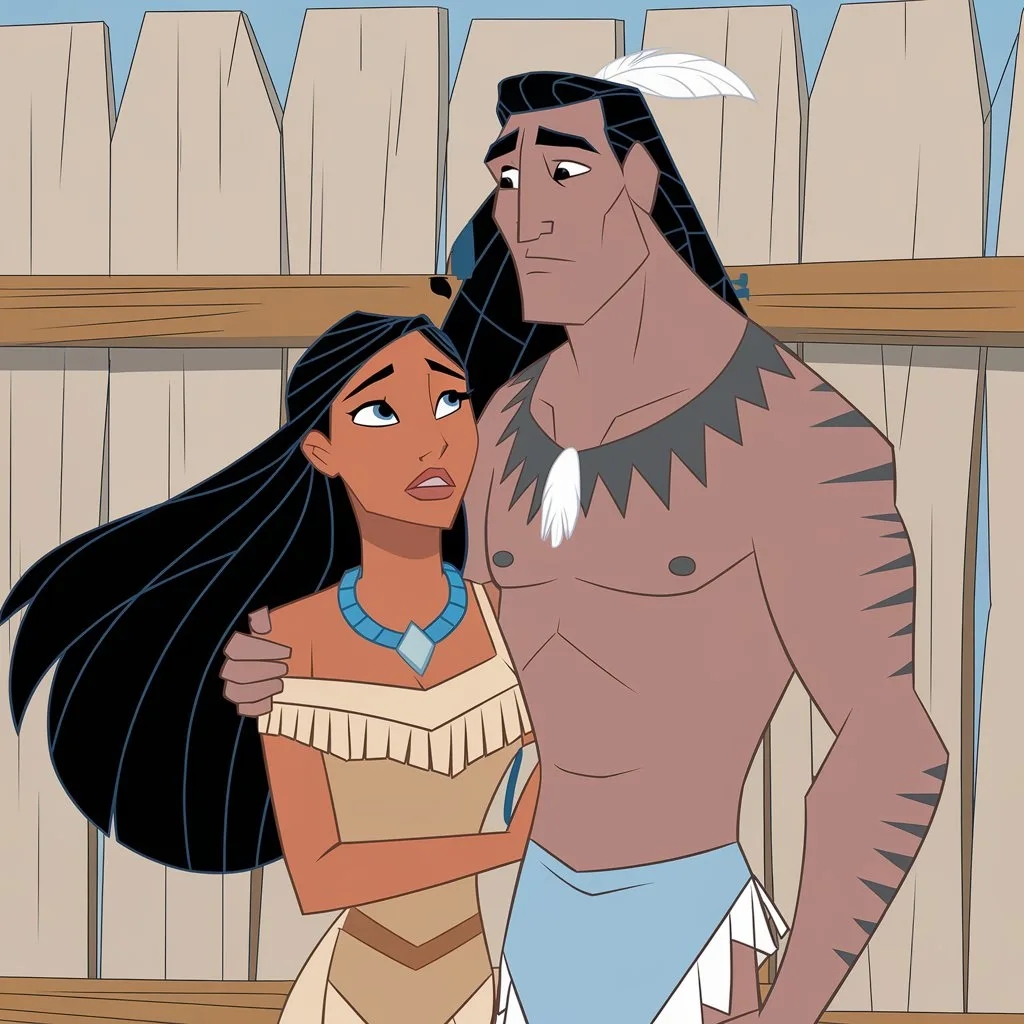
Kucom also appears in the Disney film, but his character was presented as a harsh and austere guy that Pocahontas had little interest in.
A Cultural Conflict
Amidst this, the tension between the Powhatan tribe and the English settlers began to escalate significantly. This was primarily due to the liberties that English men took with the tribal women.
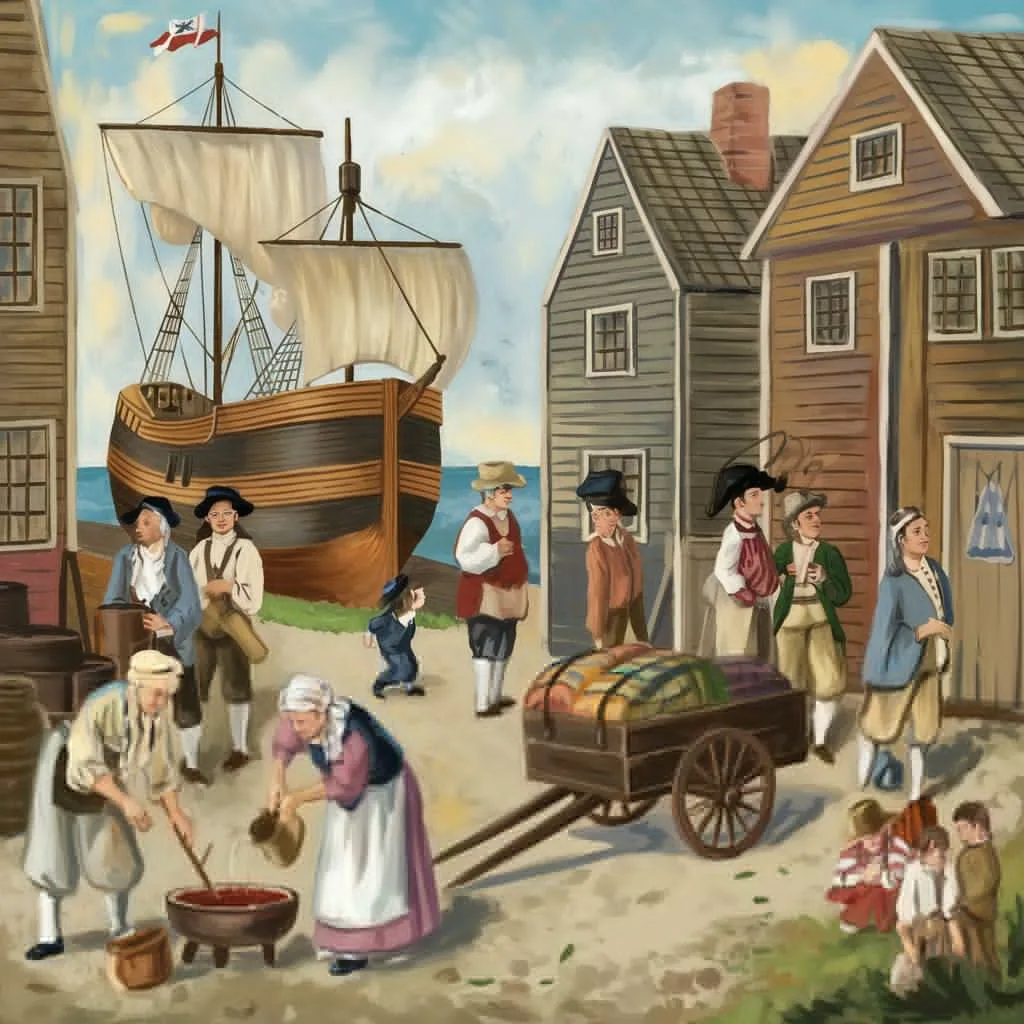
Tensions reached an all-time high during the summer when the Powhatan women wandered around barefoot to cool down. The English, unaccustomed to such sights, began to take advantage of the situation. Soon, the Powhatan women began pointing fingers at the perpetrators, and the tribe’s men were ready to exact revenge.
The Pawn
Pocahontas, who was living her life happily as a young mother, became an unwitting pawn in the conflict. The English settlers were aware that the tribal men were prepared to wage war against them for their actions.
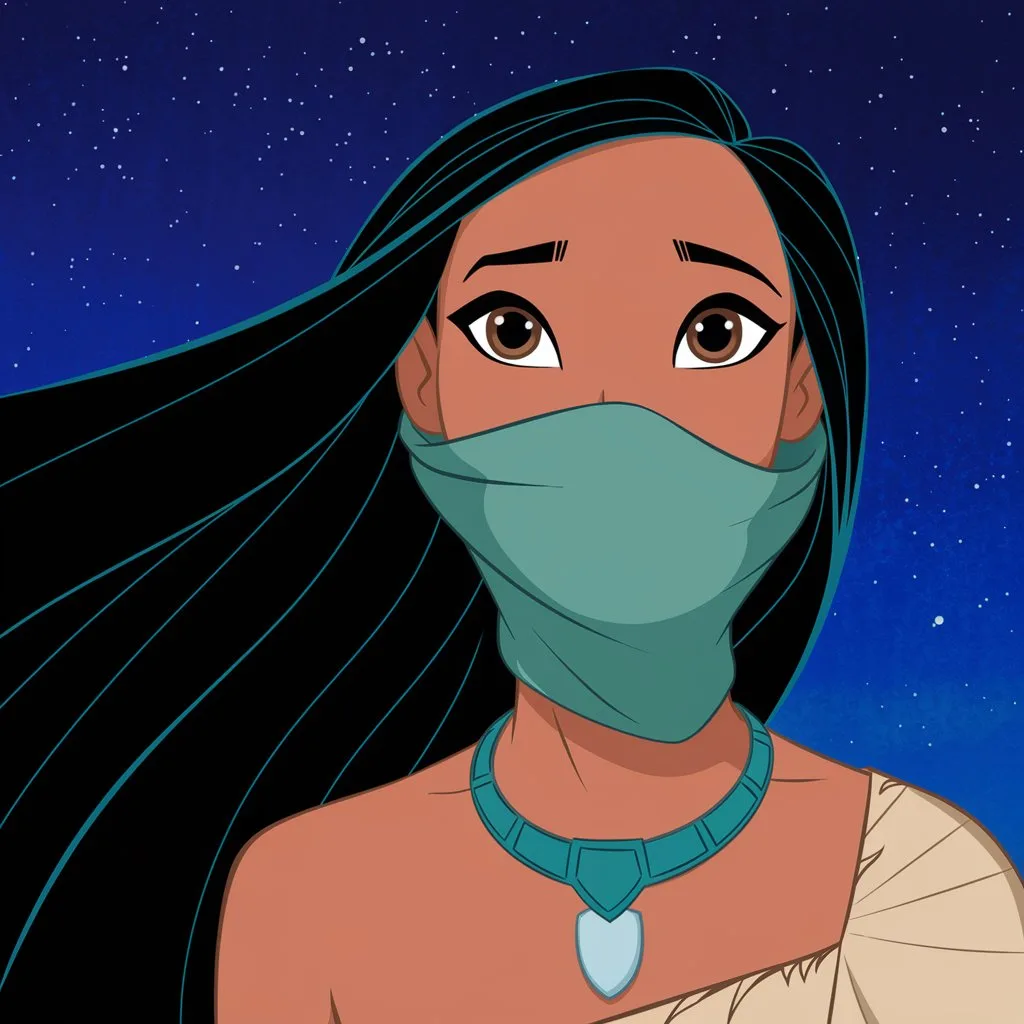
Captain Samuel Argall devised a scheme to kidnap Pocahontas for safety reasons; the young girl, who had just given birth and was unable to defend herself, was kidnapped for leverage.
A Bargain or Blackmail
The Jamestown colonists made it known to Chief Japasaw how they planned to retaliate if he attacked. Pocahontas’ life was to be forfeited if anyone attempted to hold the colonists accountable for their misdeeds.
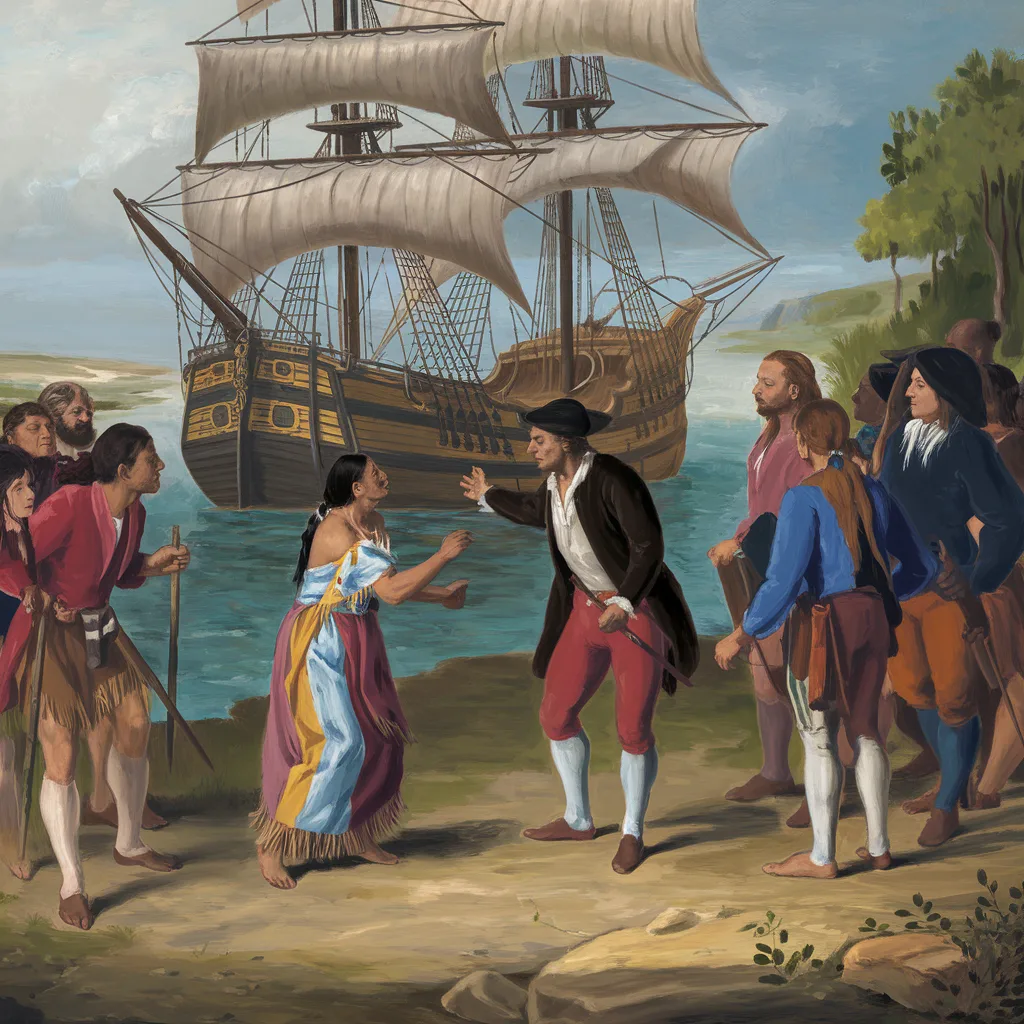
She might have been young, but she was not a fool. Pocahontas understood what she had to do, and with fortitude and conviction, she handed over her newborn baby to the village ladies for safekeeping. She was soon confined to the bottom of the Captain’s ship as a slave.
A Tragic End
Pocahontas’ brother-in-law believed the kidnapping was just temporary and that she would be released as soon as the situation was resolved. Chief Japasaw believed that honor would prevent the settlers from killing a young mother. To protect Pocahontas from harm, he chose not to send any men to rescue her.
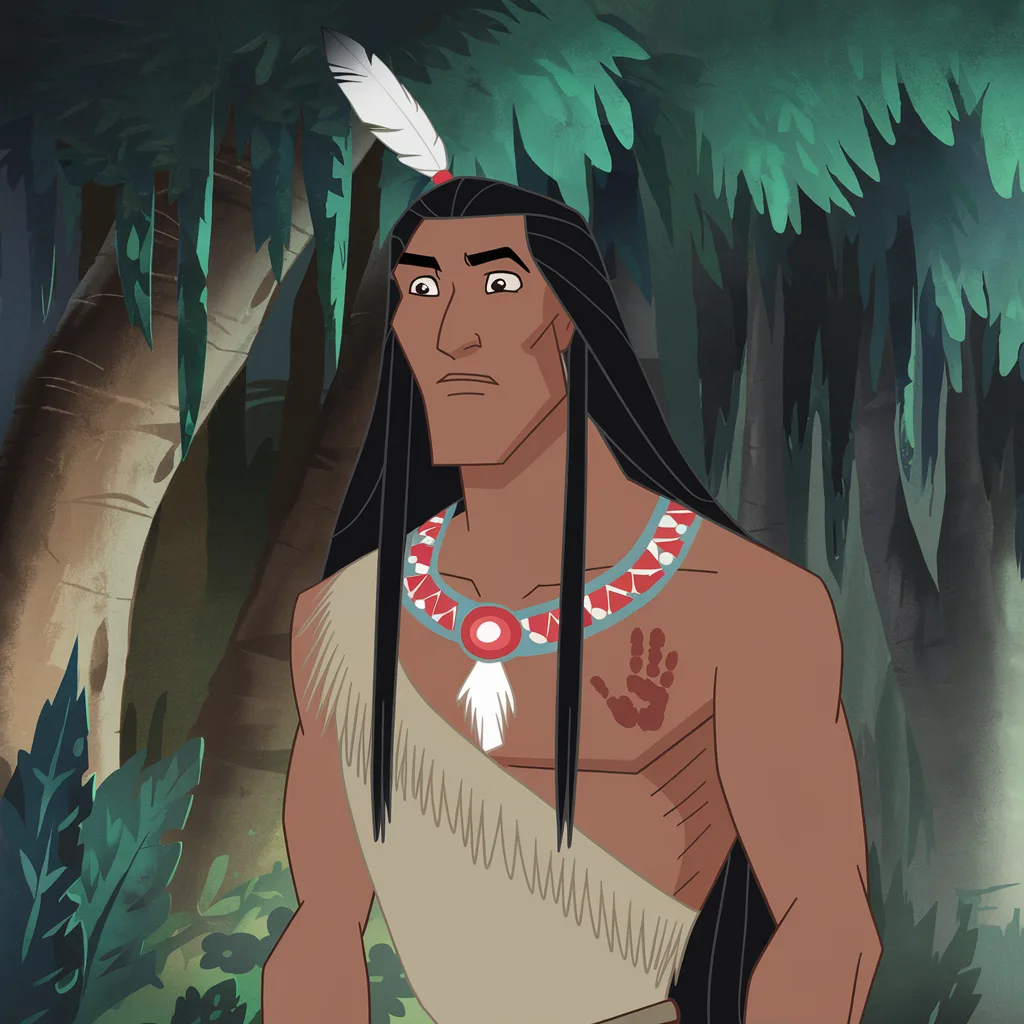
Her husband, Kocom, was determined to rescue his wife, but was apprehended in the process. The young woman had to witness her husband’s awful death directly in front of her.
The Hostage Experience
Pocahontas not only had to witness her husband’s awful death, but she also had to abandon her infant and was imprisoned on a boat. The poor girl became increasingly depressed as her captivity continued.
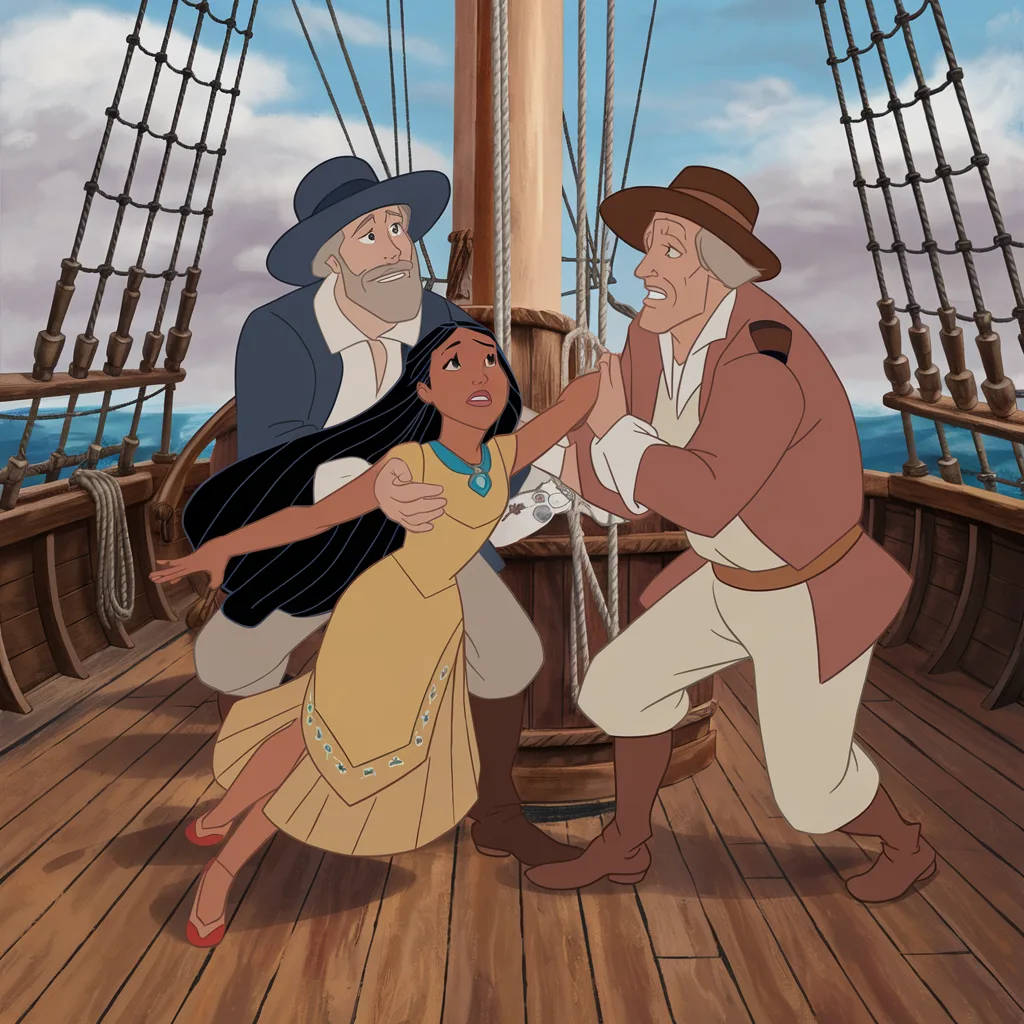
Eventually, she stopped eating and responding to her abductor, so the English brought in her sister to revive her and get her to eat again. They needed Pocahontas to eat because she was their negotiating chip.
An Experience to Forget
Pocahontas’ contact with her sister brought the truth about her horrifying treatment to light. She notified her sister about the assault she had undergone at the hands of males.
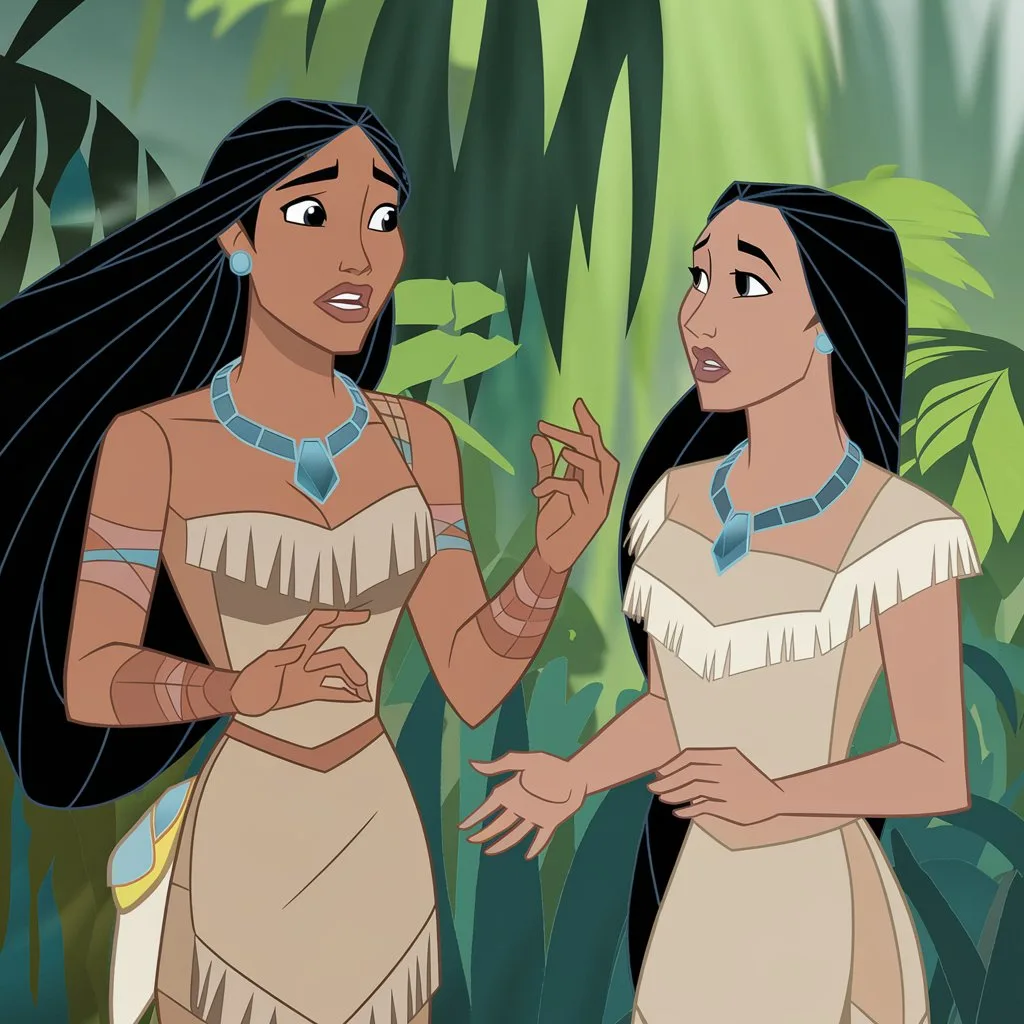
The settlers had even convinced her that her father and clan no longer loved her, which was why no rescue was planned. Her sister informed Pocahontas that she was deeply loved and missed by everyone. She got pregnant again while still in custody.
A Change in Religion
Pocahontas was compelled to give up her Native American identity and alter her name to Rebecca. The minister conducting Pocahontas’ religious ceremony advised her that she would be happier in England and encouraged her to go there.
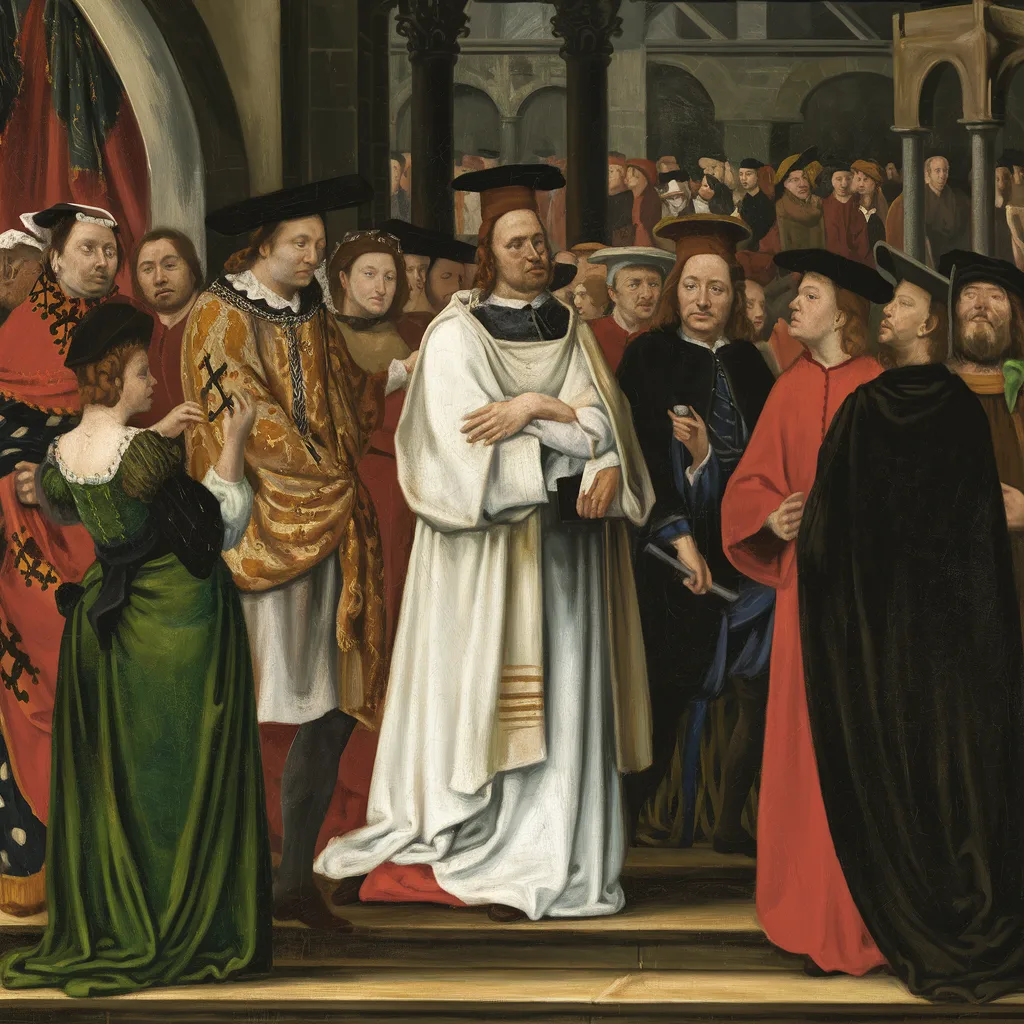
Her conversion also eased the English settlers, who thought she wasn’t a cultured woman. Pocahontas would now follow the same regulations as every other white person at the time.
A Rescue, Finally!
Pocahontas’s father, tired of waiting, finally decided to embark on a rescue mission for his daughter in 1614. The rescue was difficult, with many soldiers losing their lives in the battle.
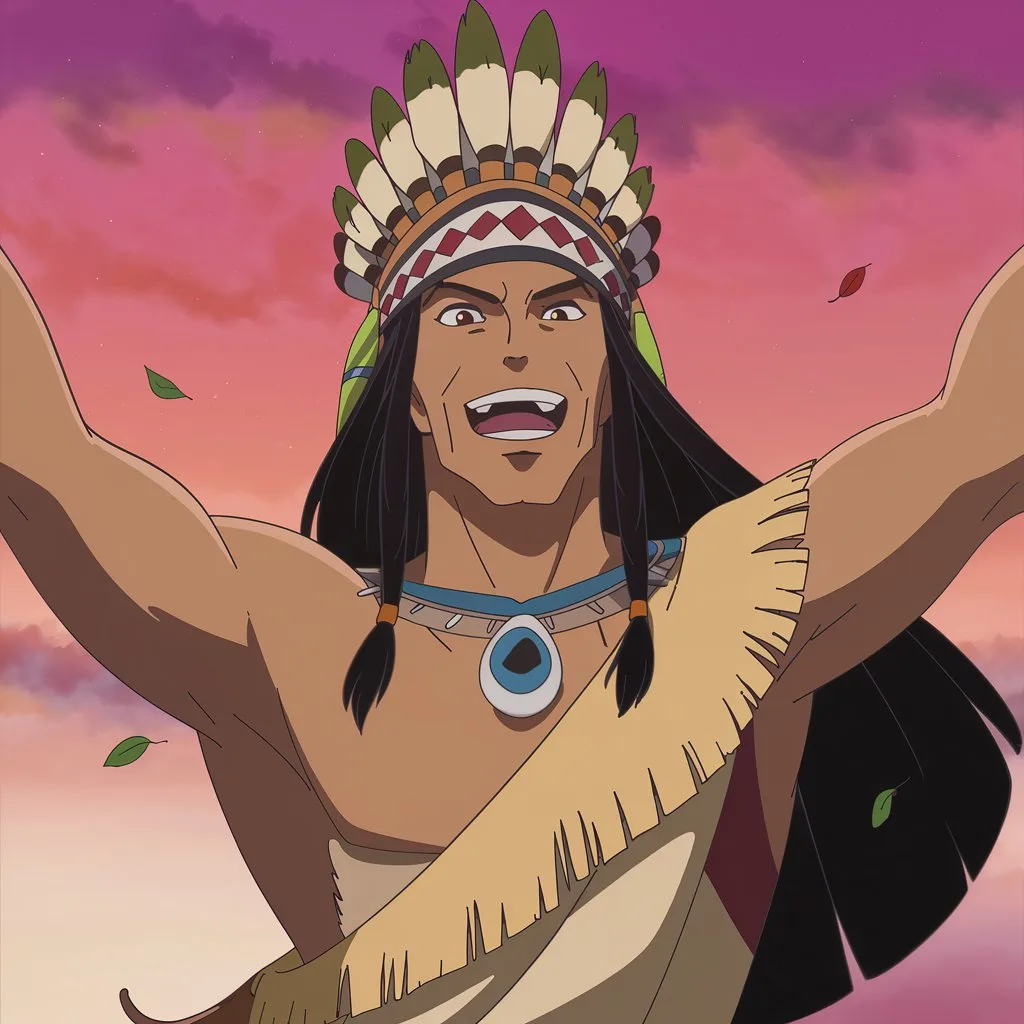
After a lot of struggle, Pocahontas was finally permitted to speak with her father, but what she told him deeply unsettled him. According to the stories, the young girl refused to return with him and instead expressed her desire to travel to England.
A Twist in the Tale
Pocahontas’s decision not to return home surprised many people, but historians offer several explanations for her choice. One reason could be that she wanted to protect her friends and family from the settlers and believed this was the best way to achieve that.y to achieve that.
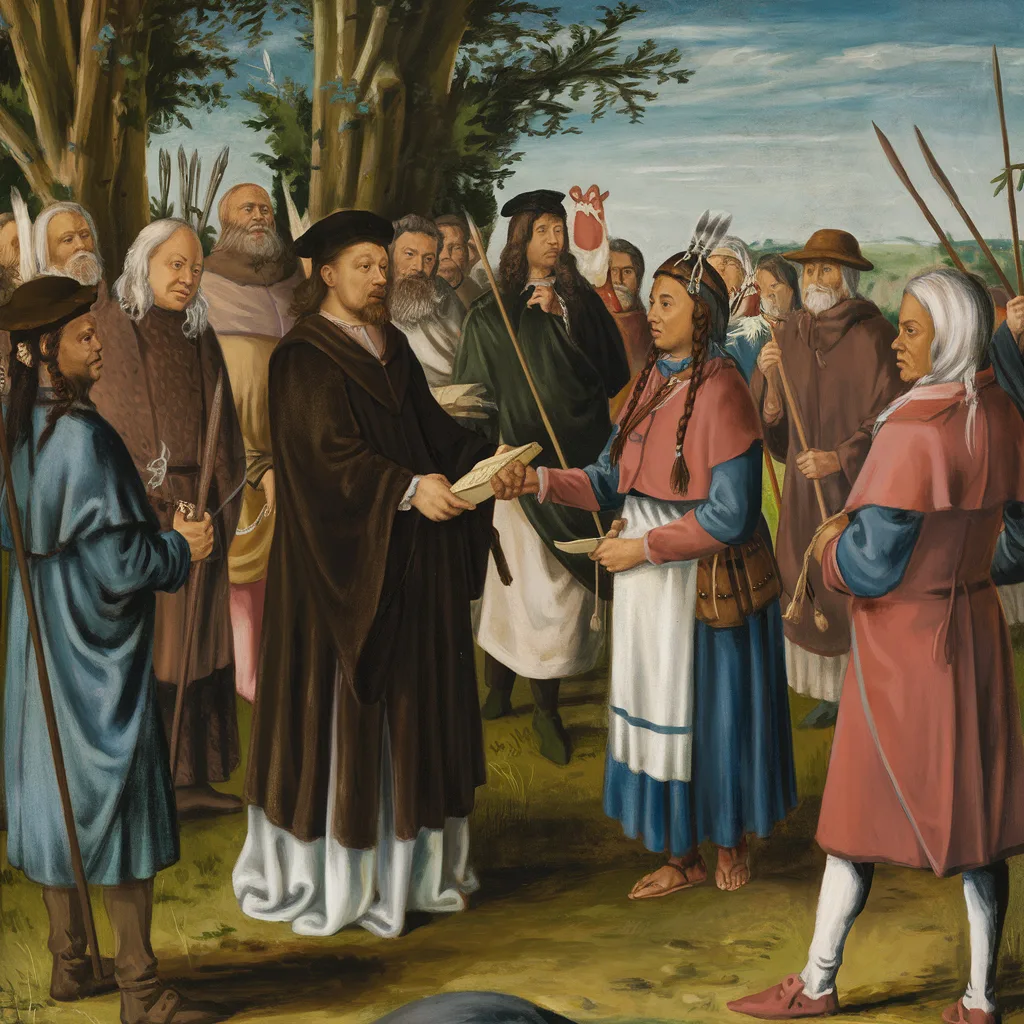
It was theorized that she suffered from Stockholm syndrome. Lastly, one theory suggests that she never actually said that; it is merely something stated in the story.
The Trip to England
Pocahontas’s captivity gave the settlers of Jamestown a sense of safety, but they still sought to resolve the issues with the Powhatan tribe. The tribe had established good relations with the English by farming and sending their products to England.
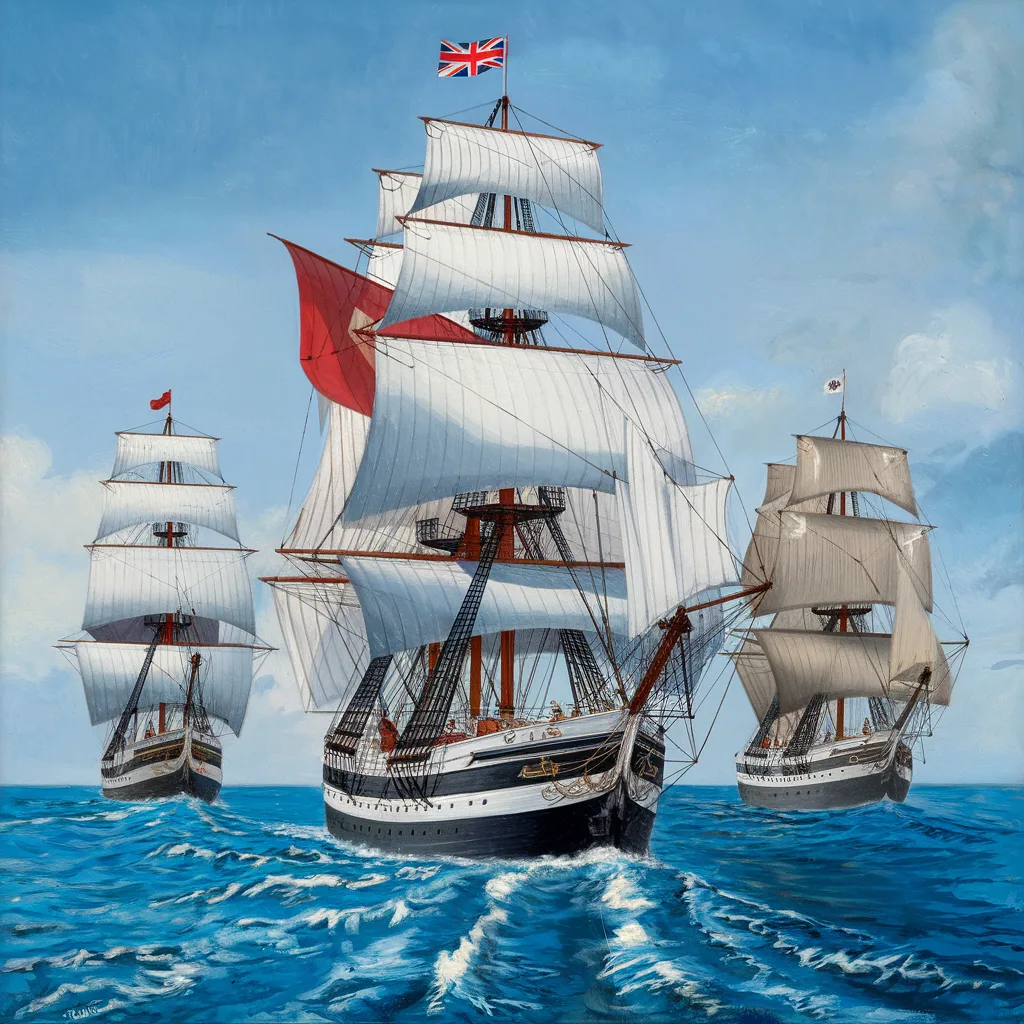
The people of England desired peace and respect for the natives, leading to a significant decision. Pocahontas, along with her son Thomas and her sister, set sail for England with the settlers to demonstrate the strong relationship between their tribe and the English.
A Transformation
Since Pocahontas was brought to England as a symbol, she was no longer held captive. The settlers wanted to present her to society, so they decided on specific changes to her appearance and behavior.
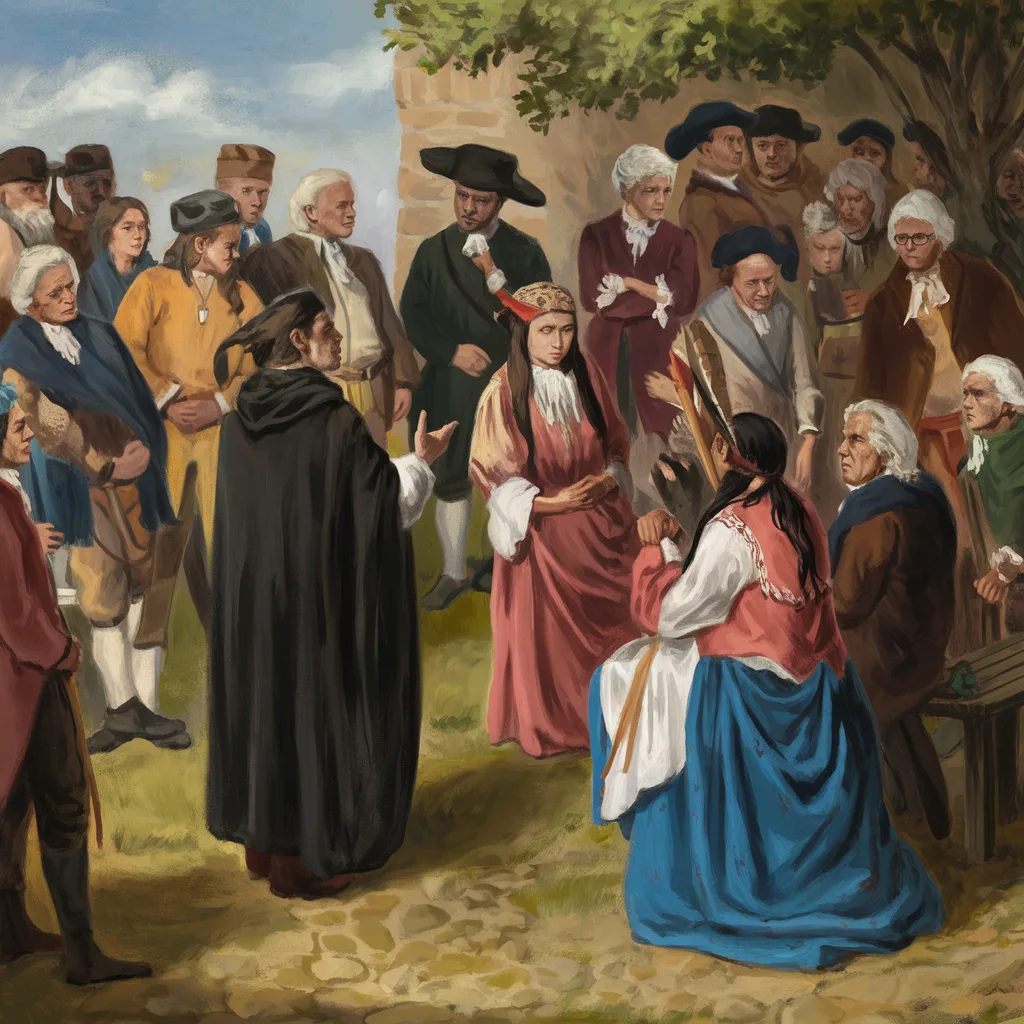
This meant learning English so she could converse. The brilliant child quickly learned the new language and was able to talk fluently with people in her new home.
The New Pocahontas
Pocahontas caught the English off guard. They expected to meet an unkempt, unsophisticated Native American, but what they saw was very different.
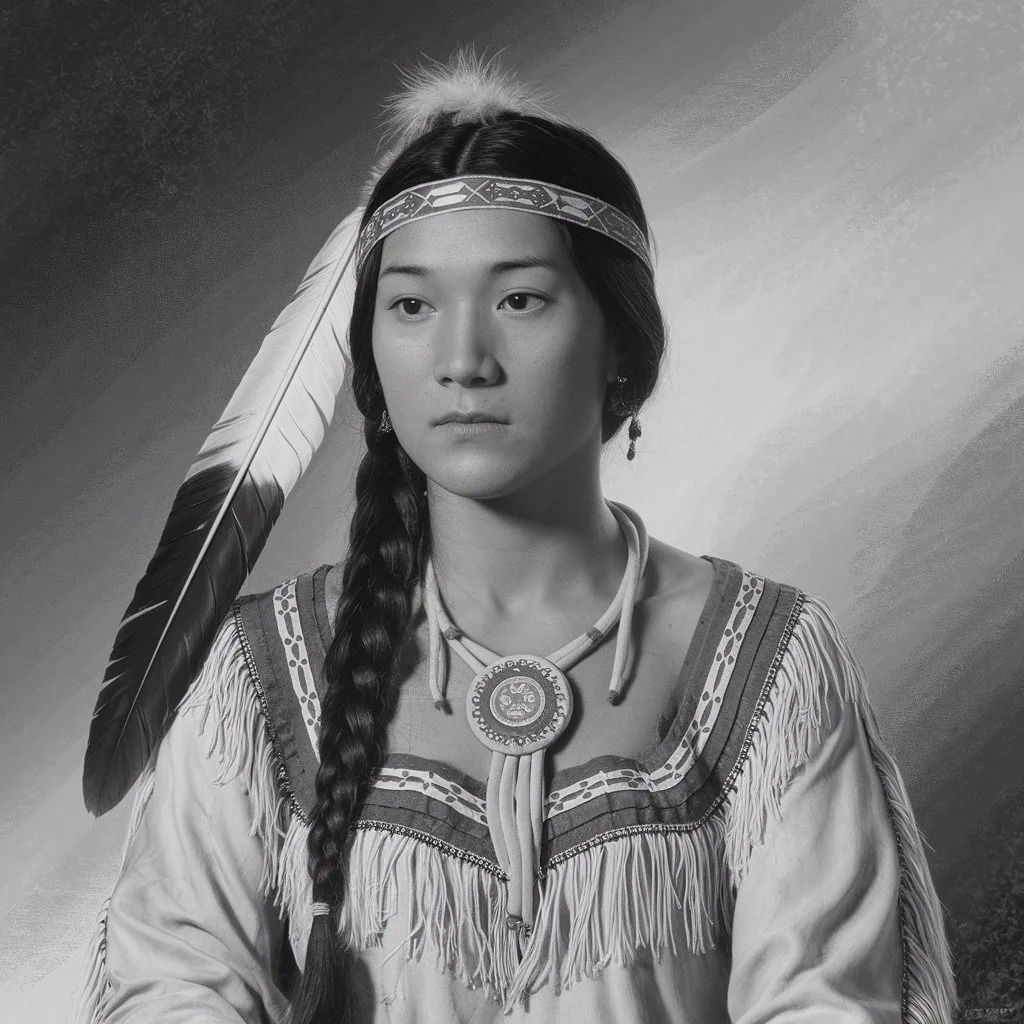
Pocahontas surprised and impressed the English with her conduct. She was poised, well-dressed, and spoke the language properly. The English accepted her, and she became the liaison between the two vastly different civilizations.
A Second Marriage
Pocahontas remarried, this time to an Englishman called John Rolfe, and her son became Thomas Rolfe. John officially identified Thomas as his child, although the young boy’s father was unknown.
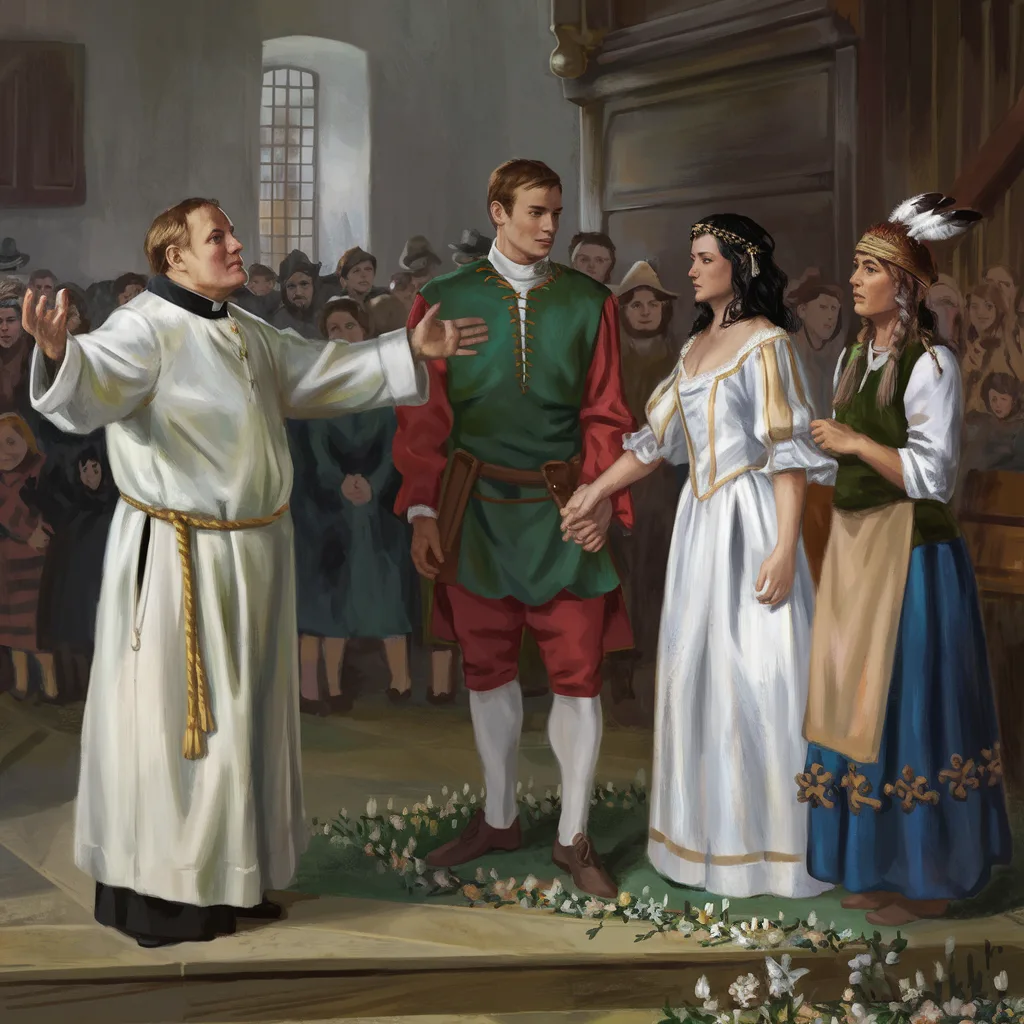
Powhatan tradition calls for the bride’s father to give her away, but Pocahontas was unable to have this for her second marriage. Soon later, her father gifted her a pearl necklace as a wedding gift.
Popular Society
Pocahontas’ entry into English society was unexpected and extremely successful. She was treated as a princess during her first visit to the royal court because she was the chief’s daughter.
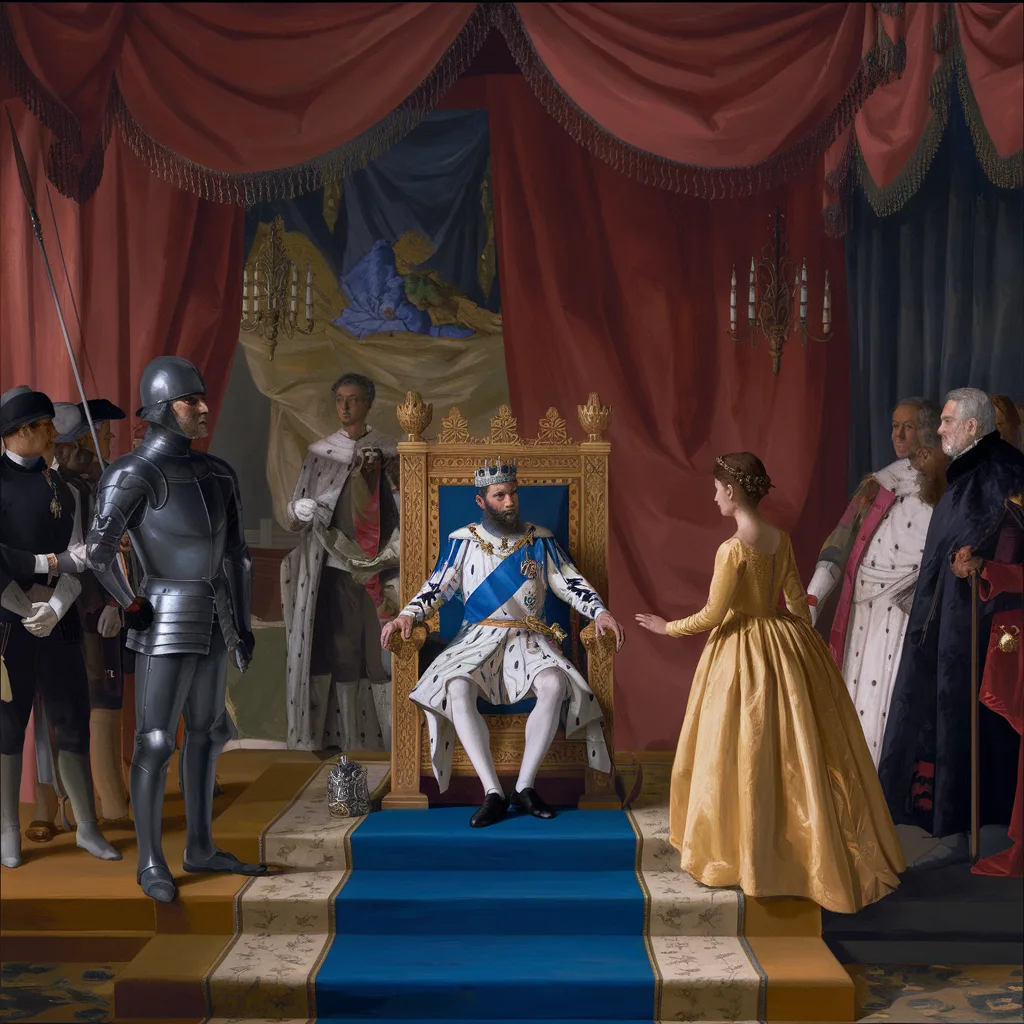
The stunning young woman wowed everyone with her caramel-colored skin, dark hair, and commanding demeanor. People became increasingly interested in Native Americans, and the Jamestown Colony grew in popularity.
The Recounting of John Smith
Explorer John Smith’s recounting and stories about Pocahontas made the public fall in love with her even more. His tales led them to assume that Pocahontas was a natural-born diplomat who played an important role in establishing peace with the Native Americans.

Her popularity was so high that the English created a collective stamp featuring her likeness.
The Return Journey
Pocahontas had done exactly what the English desired. She had helped to bring peace between the two civilizations, and she had become the symbol of that harmony. Five years had passed since the settlers initially captured Pocahontas, and the now-21-year-old was eager to see her family.
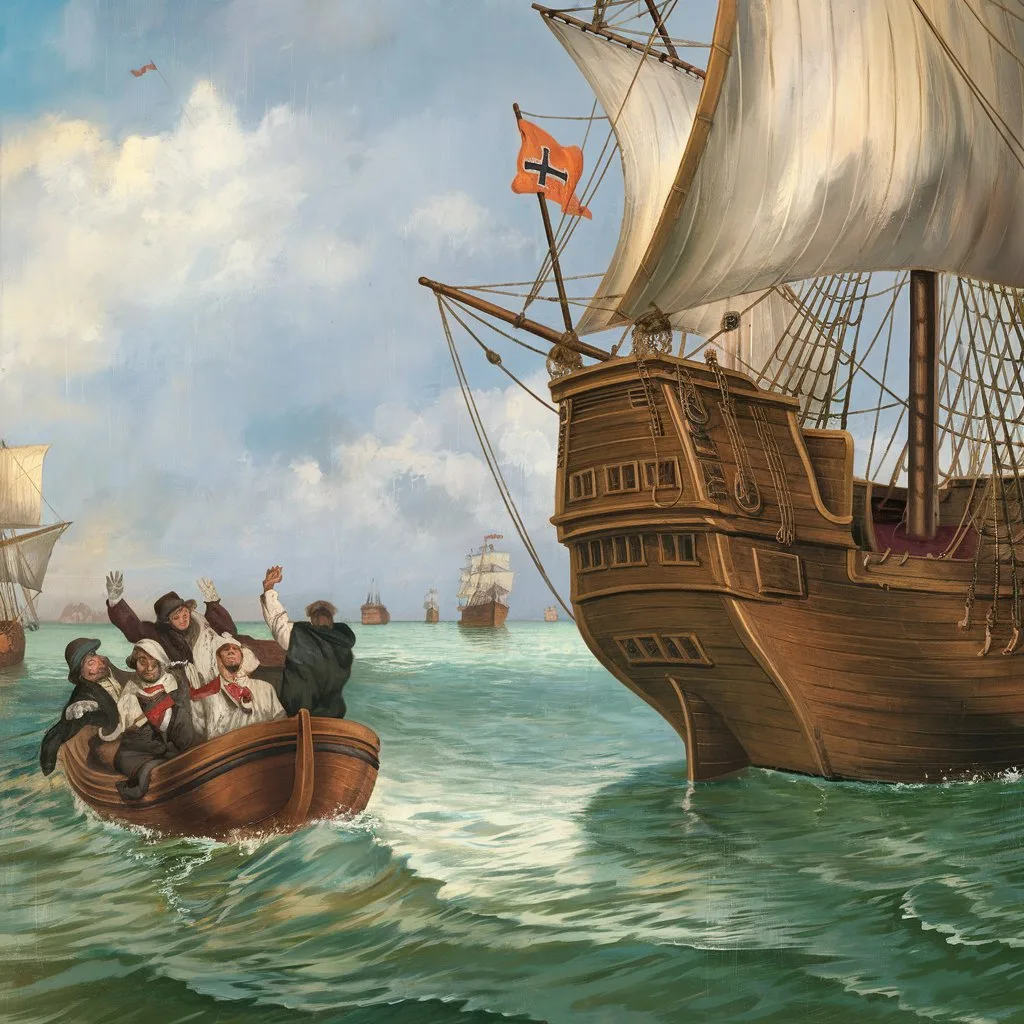
Pocahontas pleaded with her husband to let her visit her family and loved ones, and she was soon ready to board sail back to Virginia.
A Passing of Sorts
The ship set to take Pocahontas back home belonged to Captain Samuel Argall, the same man who kept her under lock and key. But sadly, the journey did not end the way Pocahontas probably imagined, and she had a tragic end onboard.
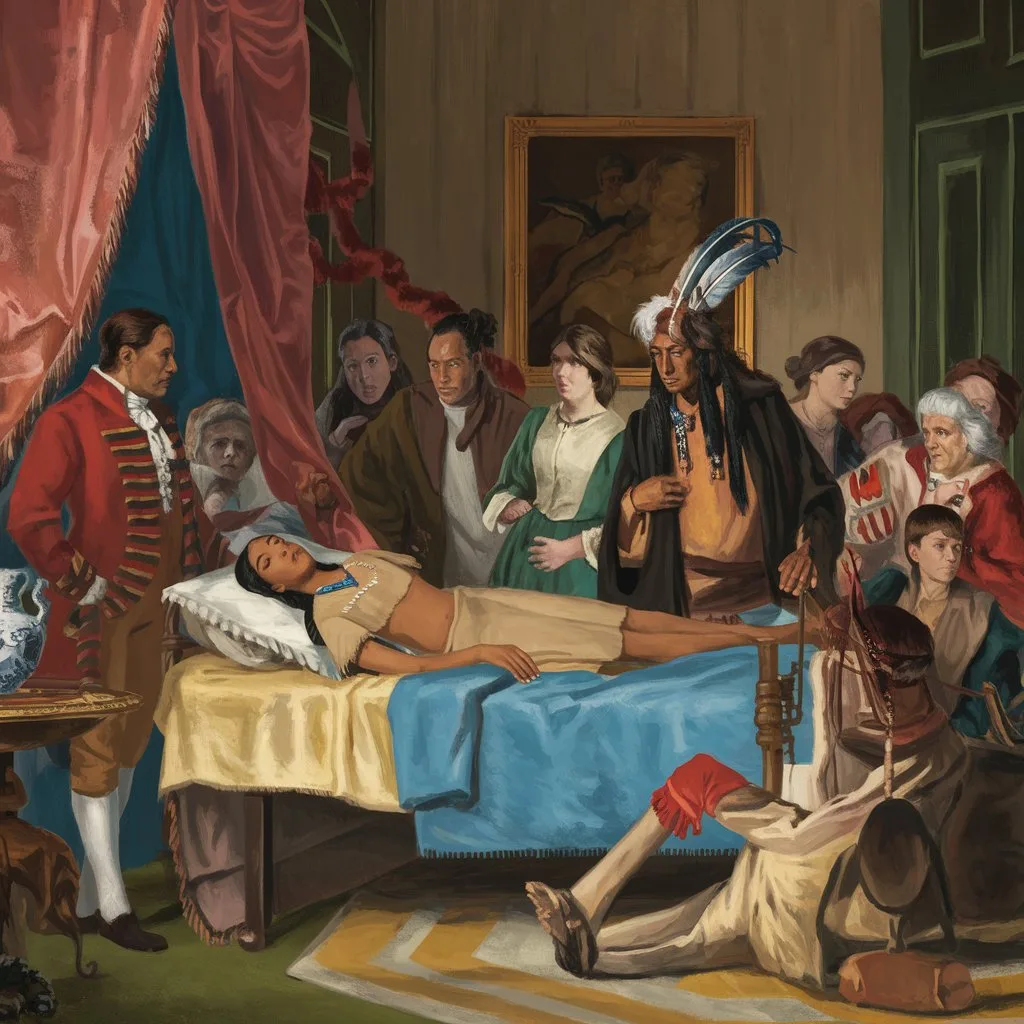
One night, while having dinner with the Captain and her husband, Pocahontas had some trouble during the meal. Soon after, the young 21-year-old breathed her last breath. The circumstances of her passing remained a mystery.
The Story Vs. the Truth
According to Rolfe and the Captain, Pocahontas died from consumption. However, the 21-year-old’s quick death appeared suspicious, as consumption takes time to take over a person’s body.

According to her sister and others back home, she was perfectly fine when she left for the voyage hours ago. It was thought that Rolfe and the Captain poisoned her. Her popularity provided her with a shield that other Native Americans in England did not have.
No Returning to Her Land
After she died, the crew of the ship carried Pocahontas’ body to England rather than returning her home and burying her there. This was said to be because they wanted to maintain the idea that she was a decent English citizen and a model person.
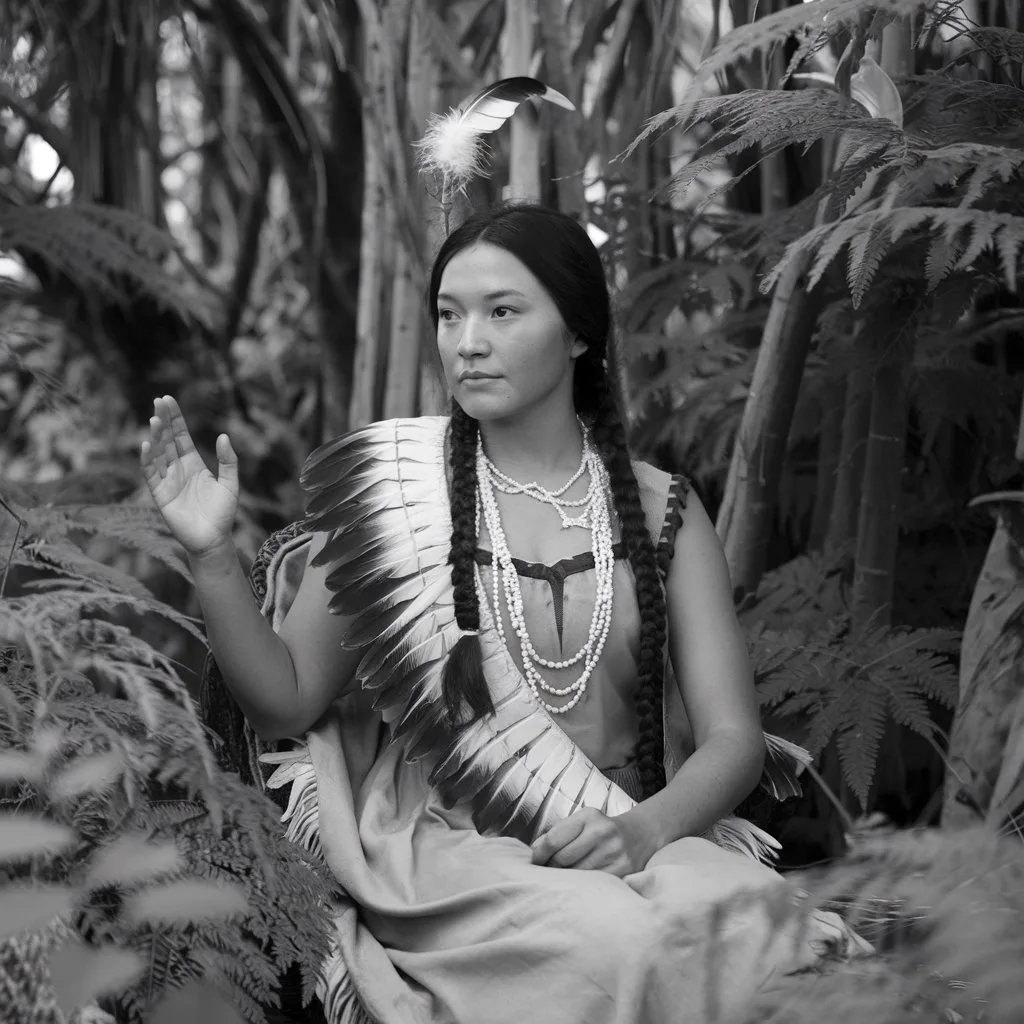
Her family, on the other hand, was devastated that they would not be able to say goodbye to the small girl. Tragically, Pocahontas’ father died of sadness. The tribe requested her body several times but was consistently denied and neglected
A Tourist Attraction
Pocahontas’s gravesite is located in Gravesend, Kent, in England, and is a significant tourist attraction. It brings in a lot of money as tourists flock to see the place. There’s even a statue that makes her easy for tourists to spot.
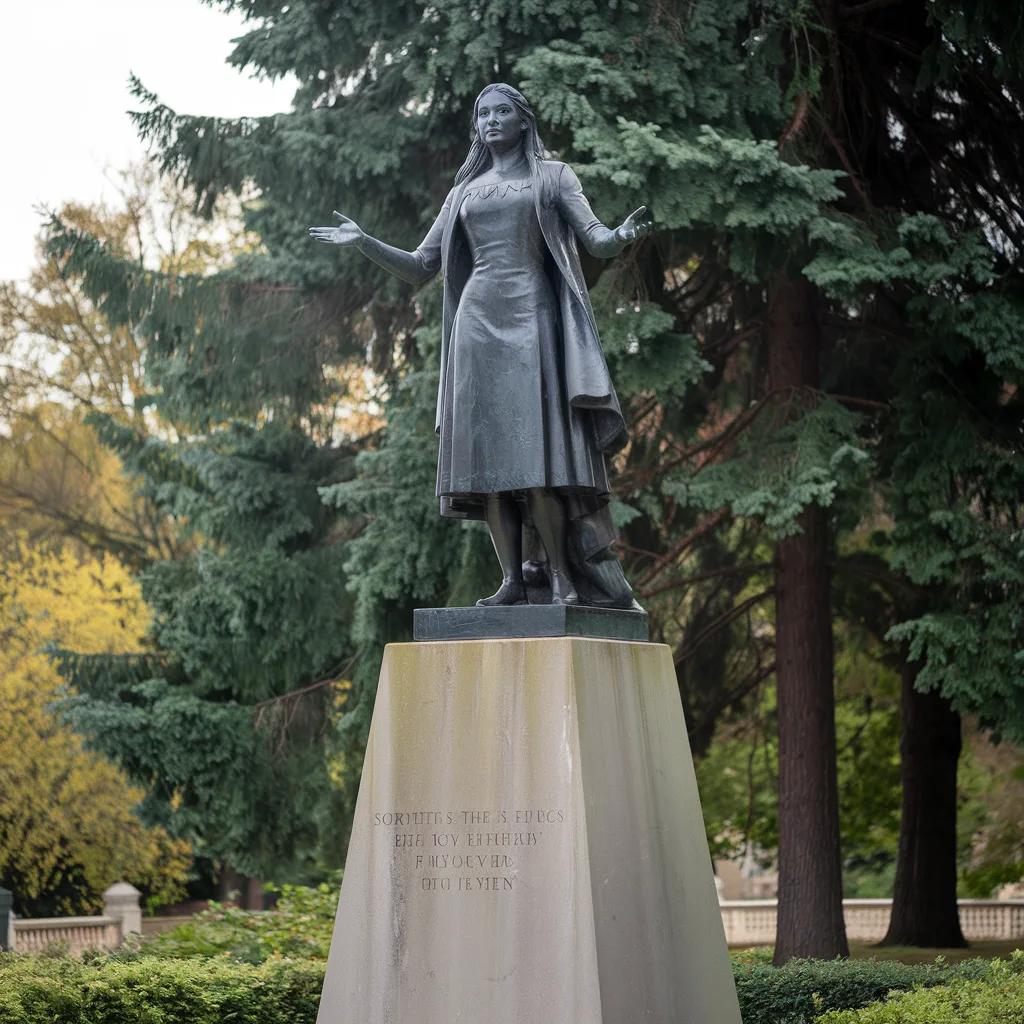
When the Disney film was released, the interest in seeing her increased tenfold, as did the number of visitors to her tomb.
The Truth Passed Down
For many centuries, the English were believed to have revealed the truth about Pocahontas. It was only reinforced by the existing literature, which romanticized every aspect of her narrative.
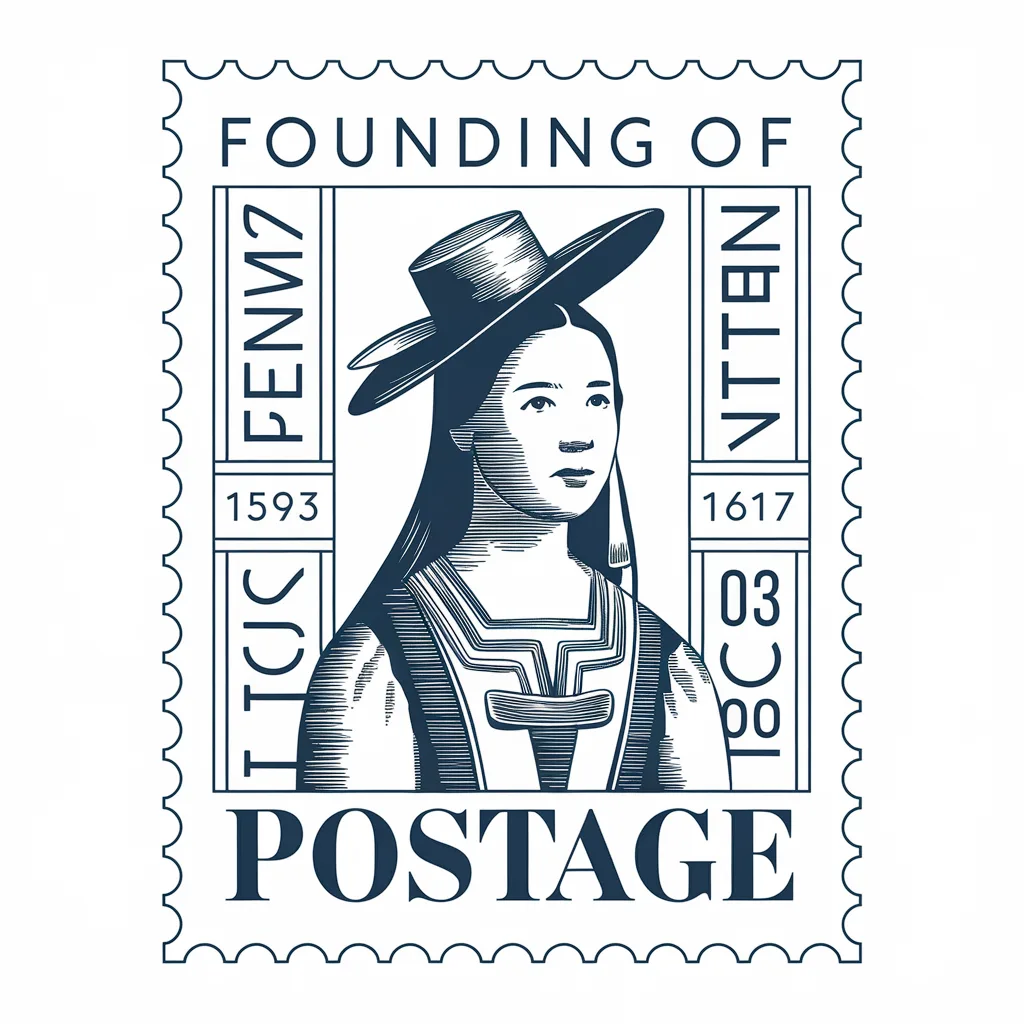
However, the Powhatan tribe made certain that the actual story did not fade out. For 400 years, her story was passed down from generation to generation among the clan. It was eventually written down so that others could understand.
The Story of the Son
When Pocahontas died, her kid was left with only John Rolfe as a parent. But the truth was that the son’s true origin had always been a mystery, so John Rolfe chose to abandon him.
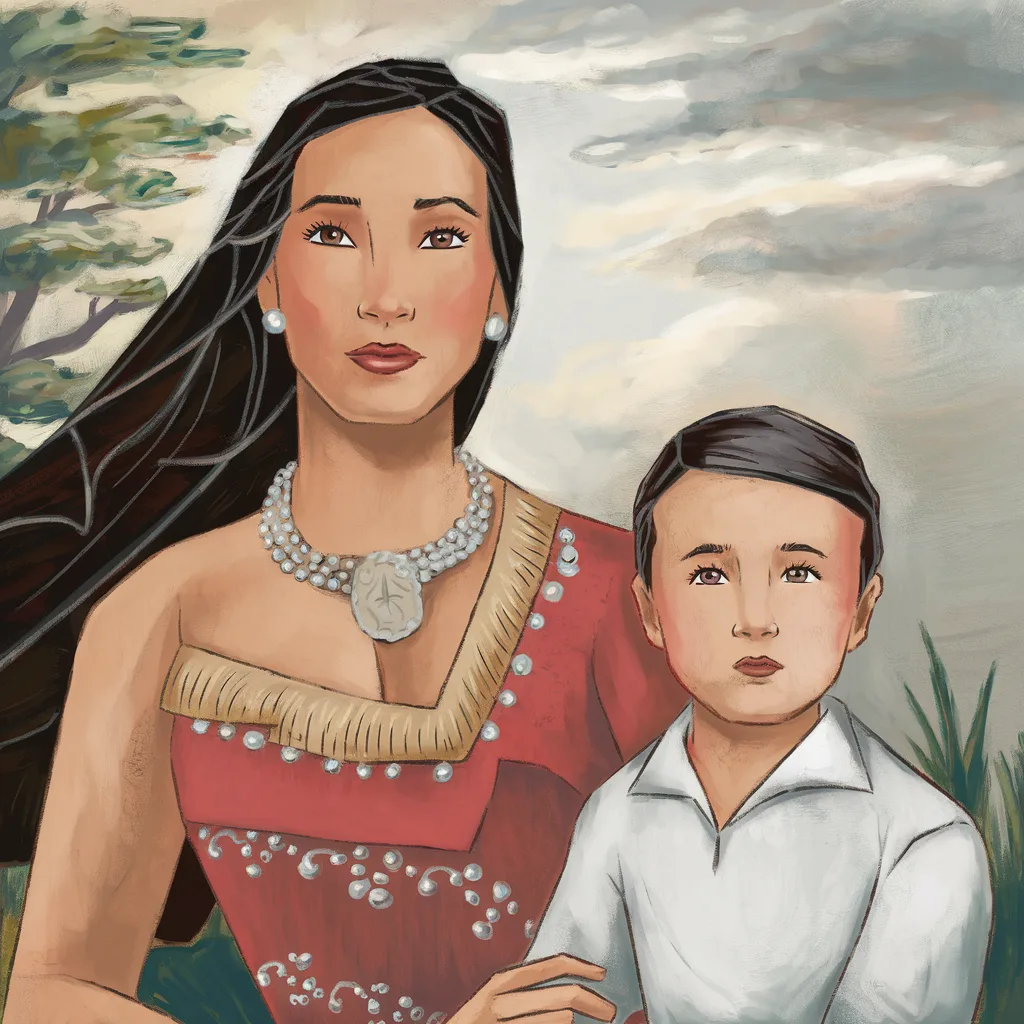
When Thomas was only five years old, John Rolfe passed him on to his brother Henry Rolfe. John only cared about making money and hence continued his sail to Virginia.
A Battle for Support
John disliked his purported adoptive kid so much that he not only ignored and abandoned him but also refused to pay child support. But John was caught in a bind…
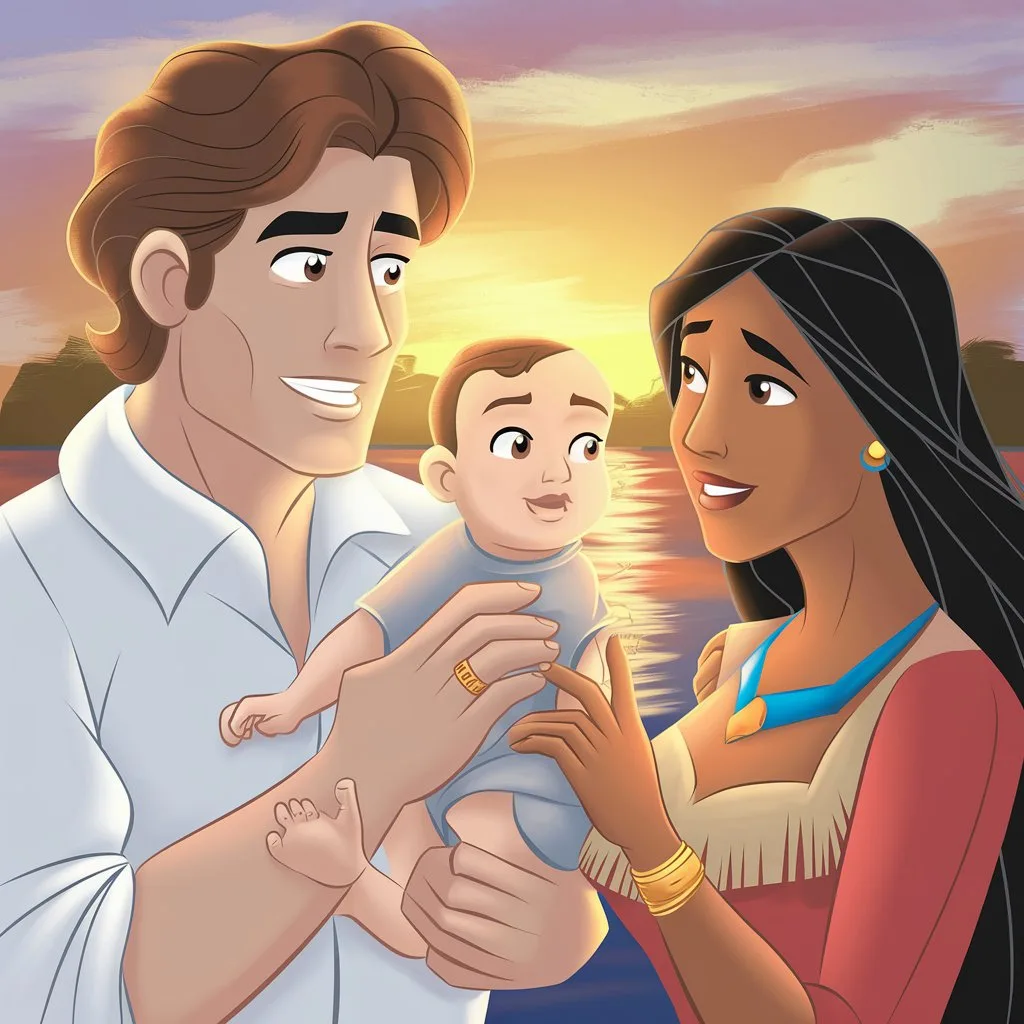
To cover up all his crimes aboard the ship, he had to sign all the documents that stated he was Thomas’s biological father. Even his brother Henry, who was now taking care of Thomas, took him to court and demanded that his nephew receive the support John owed him.
A Legacy That Lived On
Thomas Rolfe’s entire life was wrapped in celebrity, but it was never truly his. His presence was overshadowed by the story about his mother, which made him a household name.
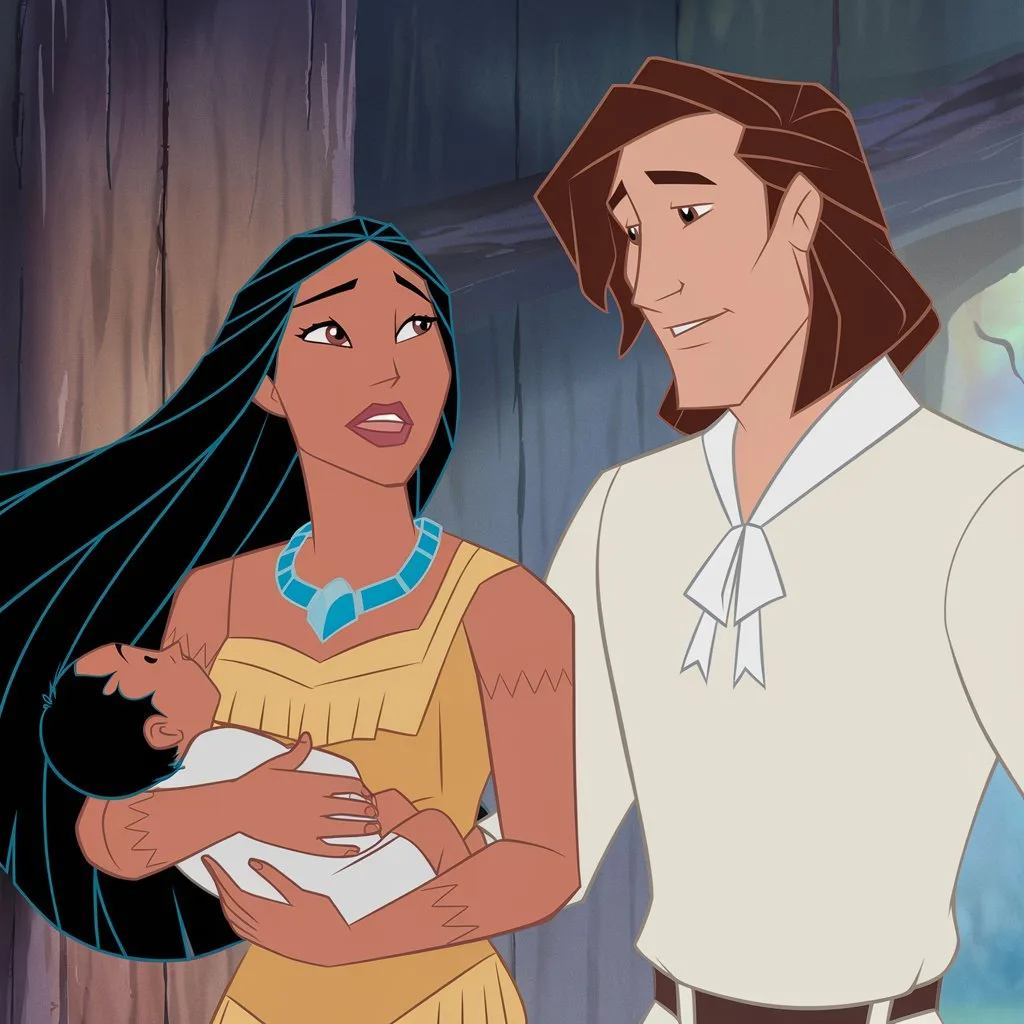
But fame didn’t afford him any freedom. The English, terrified of John moving to America and ruining the carefully constructed narrative, ensured that never set foot there. He was never allowed to visit what was his true home.
The Bequeath
Even though John was reluctant to share his wealth with his son, he had no option because Thomas was his sole heir. So after his passing, Thomas inherited everything that John owned, including some land in Virginia, the place of the Powhatan people.

Pocahontas’s other child, Thomas’s half-sister, was being raised in the tribe and also got some land in the will. However, sadly for the siblings, the two never met.
A Life Eclipsed
Thomas’s entire existence was shadowed by his parents’ names and fame, which remains the case even today. Thomas’s grave marker reads ‘Son of Pocahontas’ and nothing more. There’s no description of him as a person.
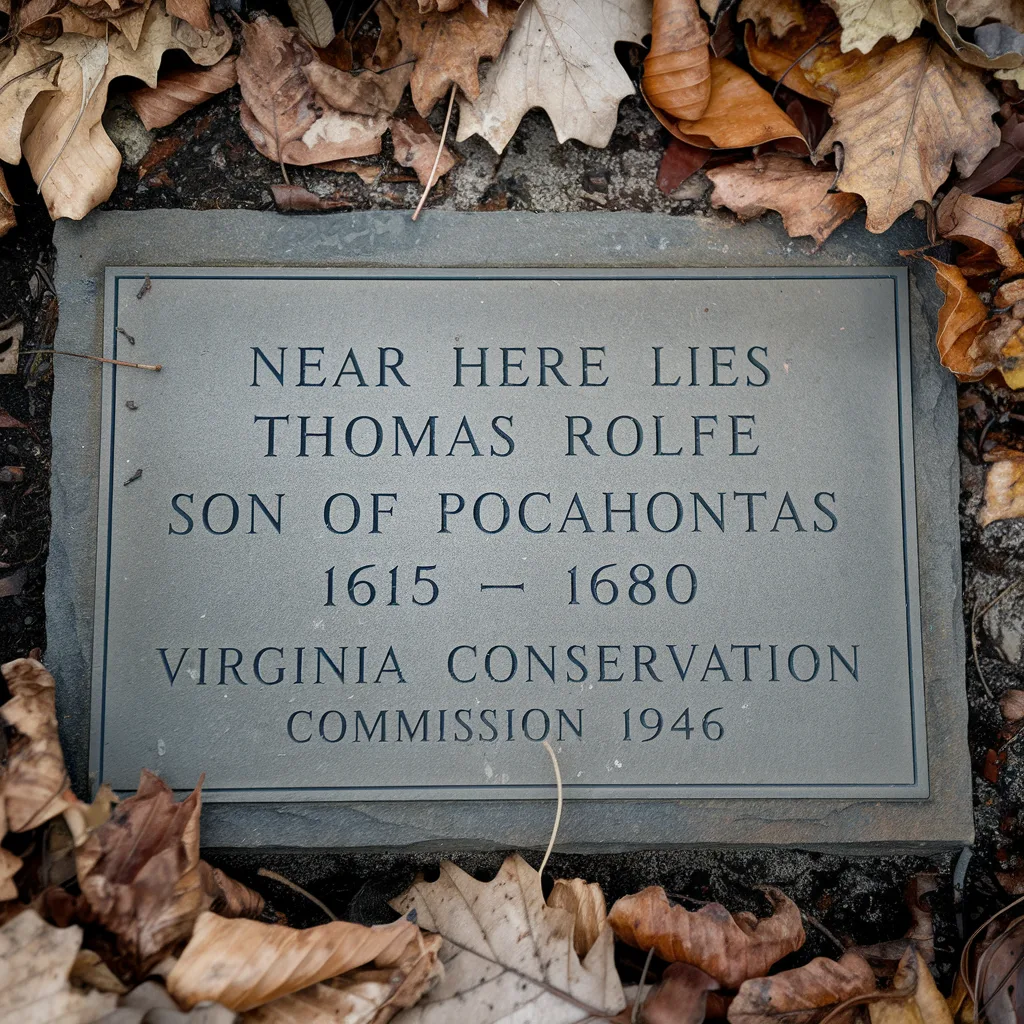
Some of Pocahontas’s descendants did go on to become famous people. For example, one of them, named Wayne Newton, was a Las Vegas entertainer.
A Legacy that Lives On
Pocahontas’s legacy and name live on, not just among her tribe but worldwide. Her beauty and courage are legendary, inspiring many in her tribe.
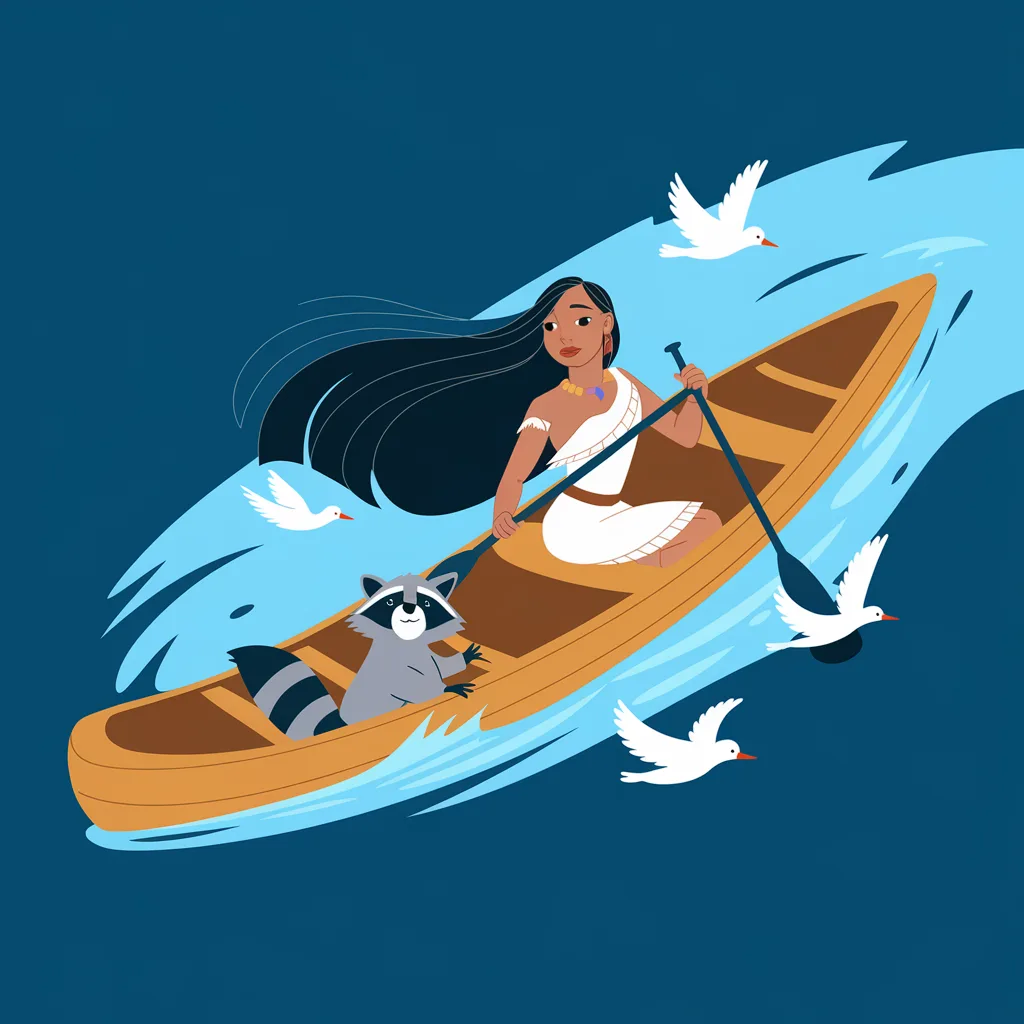
Even today, she is remembered lovingly, and her narrative has inspired numerous films, novels, and songs. People are gradually turning away from the romanticized version and discovering the true narrative of the hero Pocahontas.



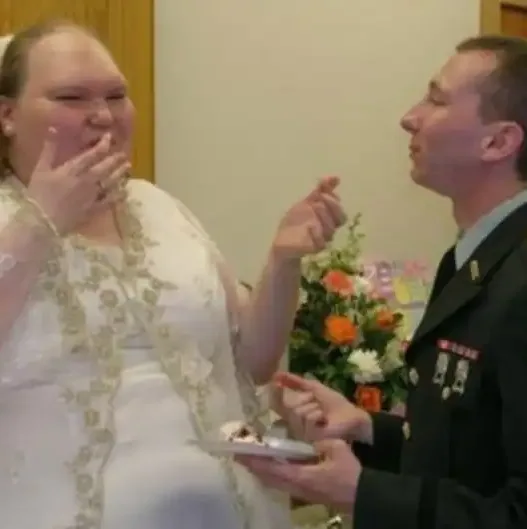
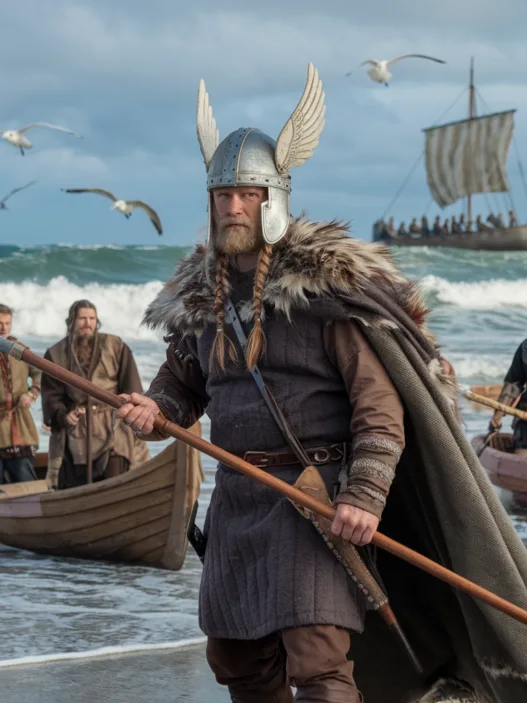

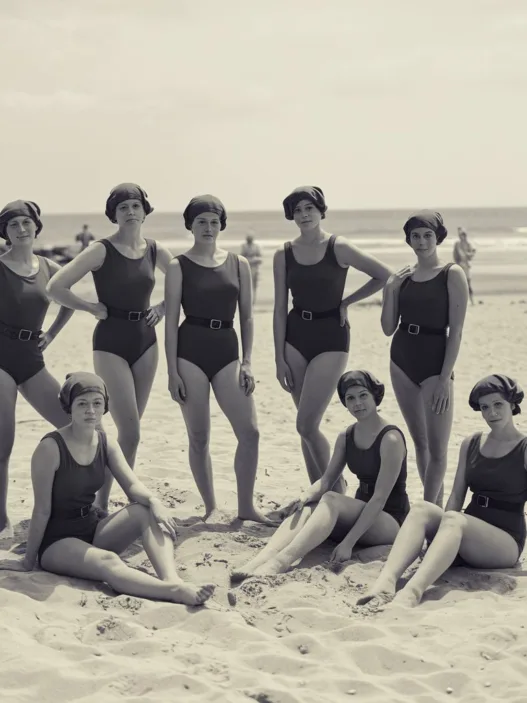


Finally the truth is coming out about Pocahontas, and what happened to her. Also .it’s possibly a genealogical connection for others